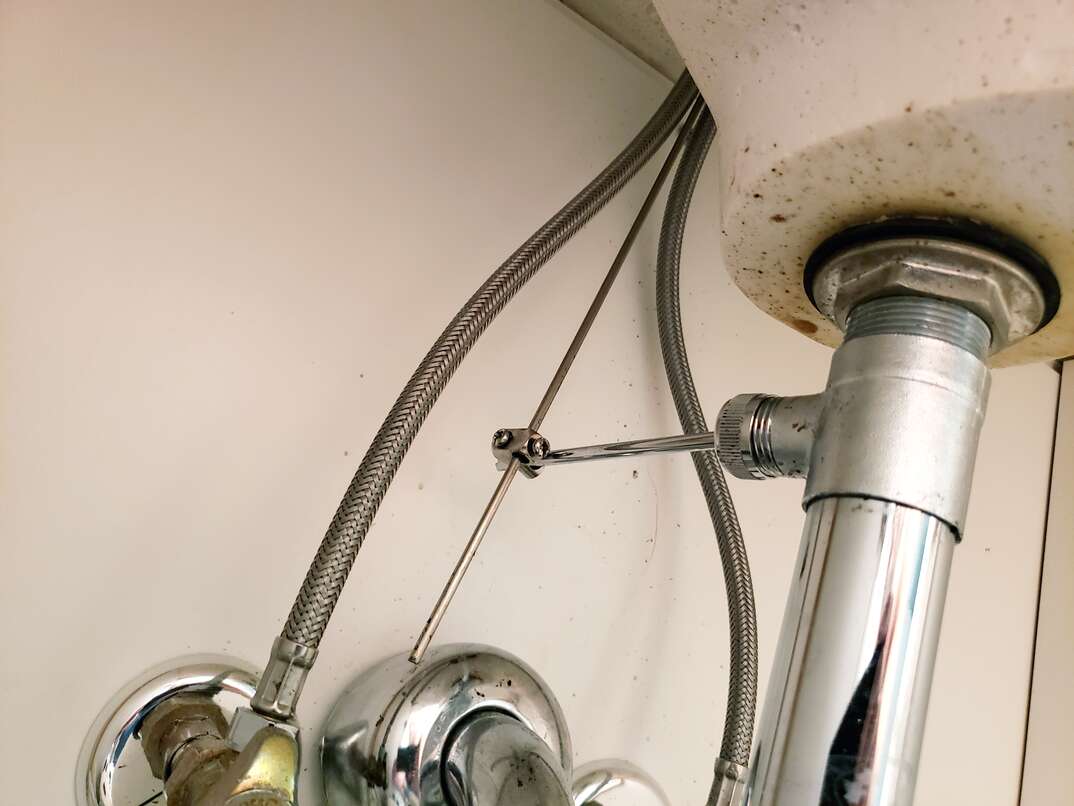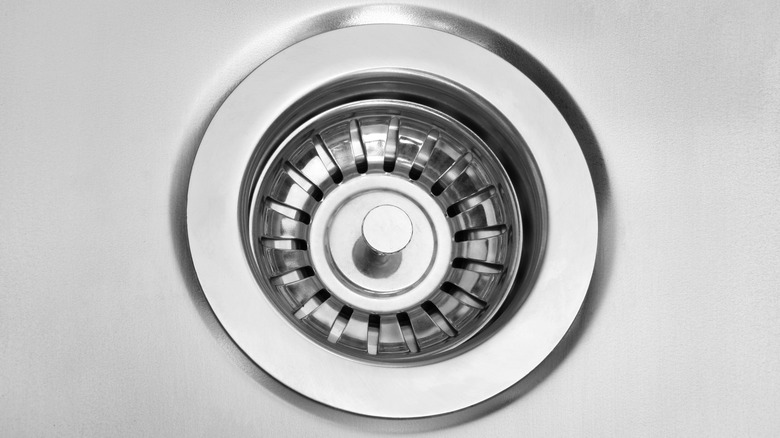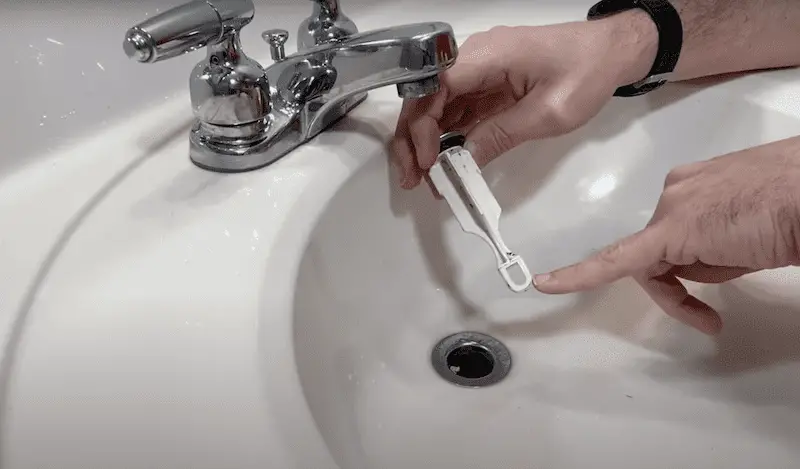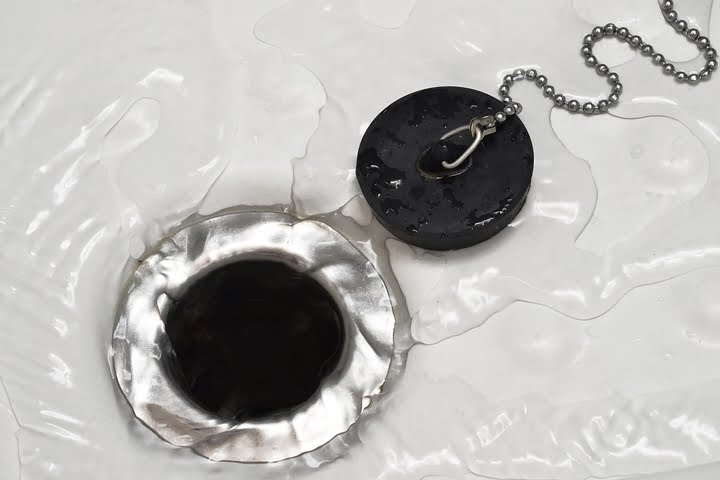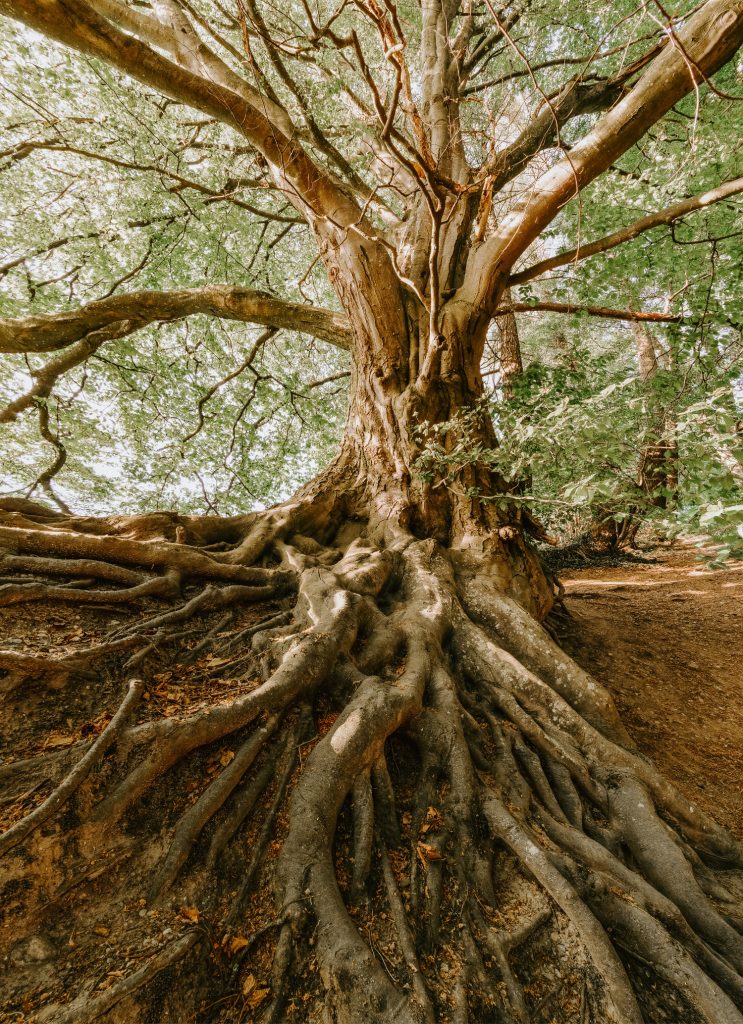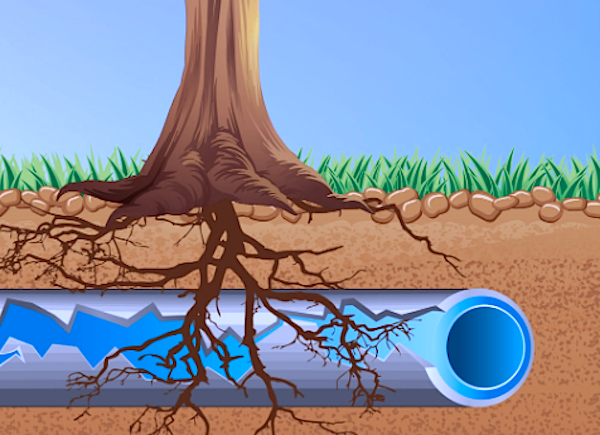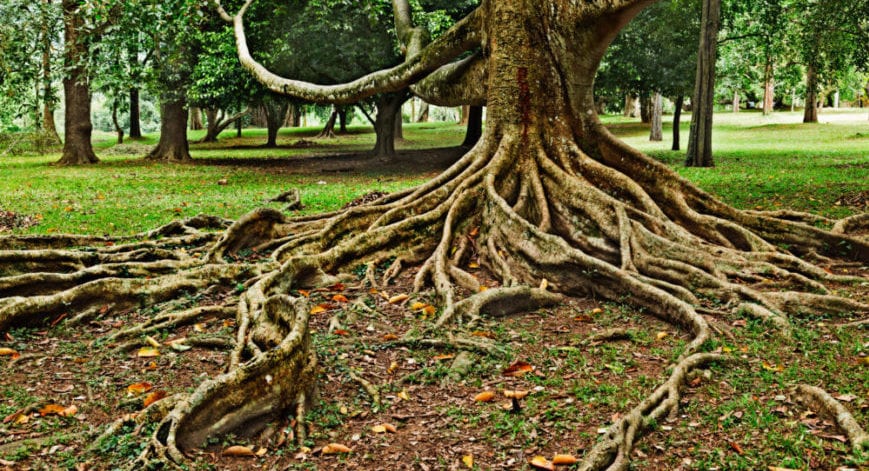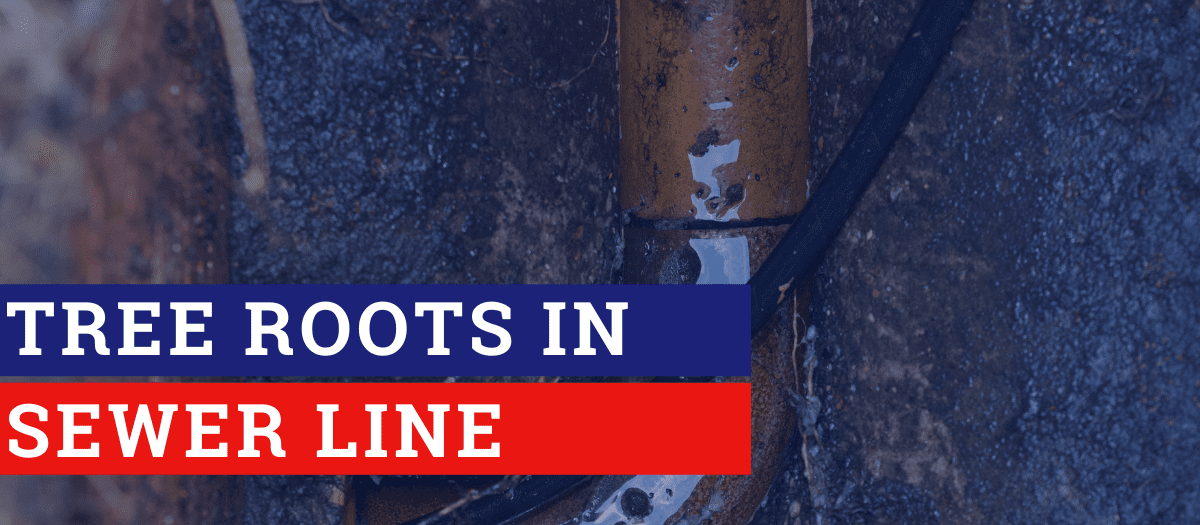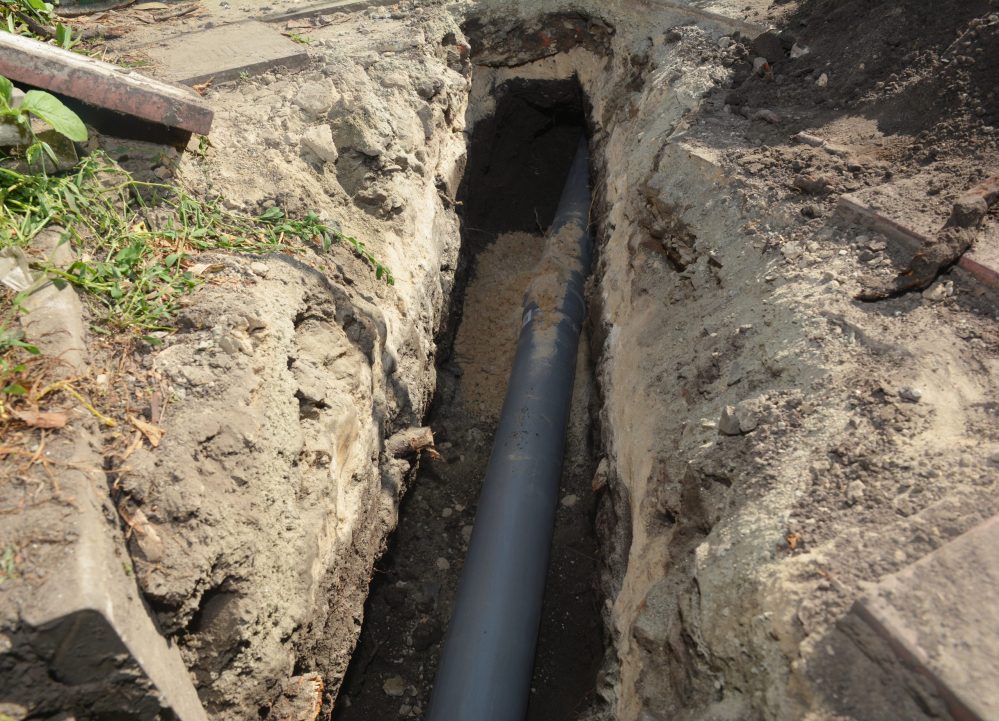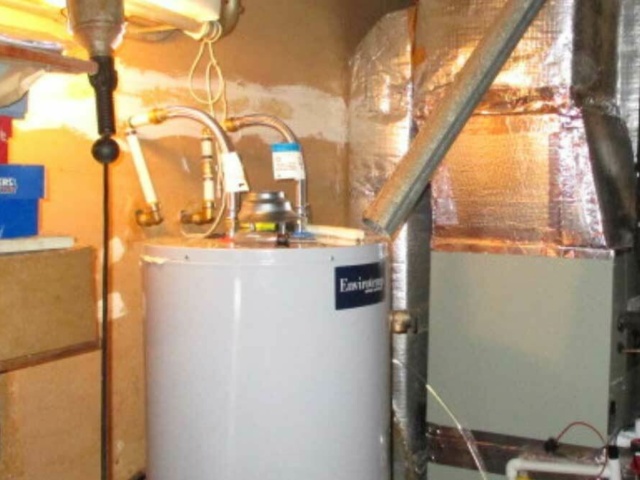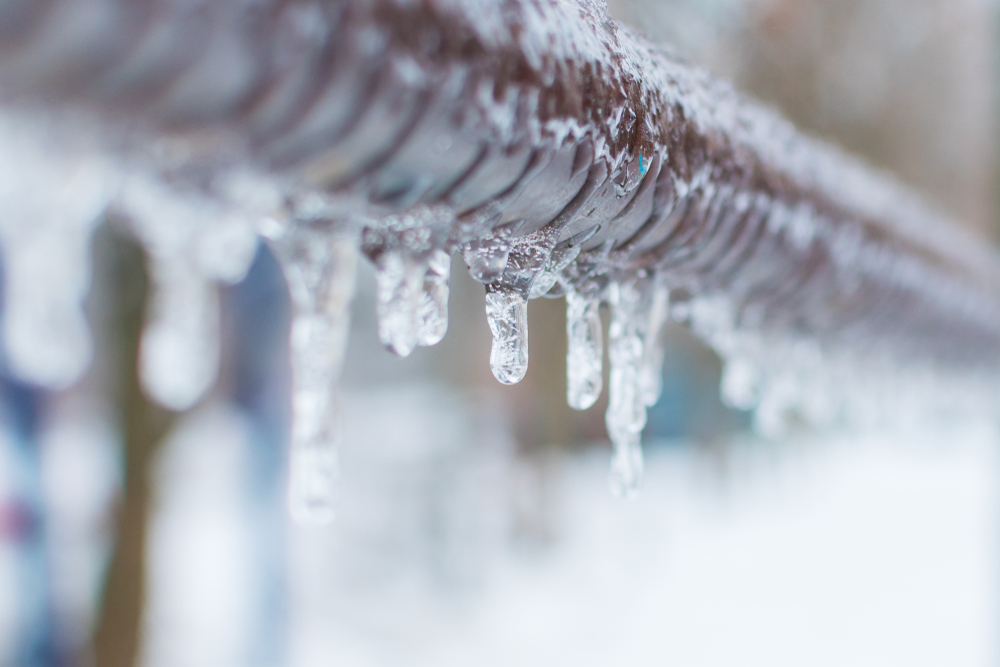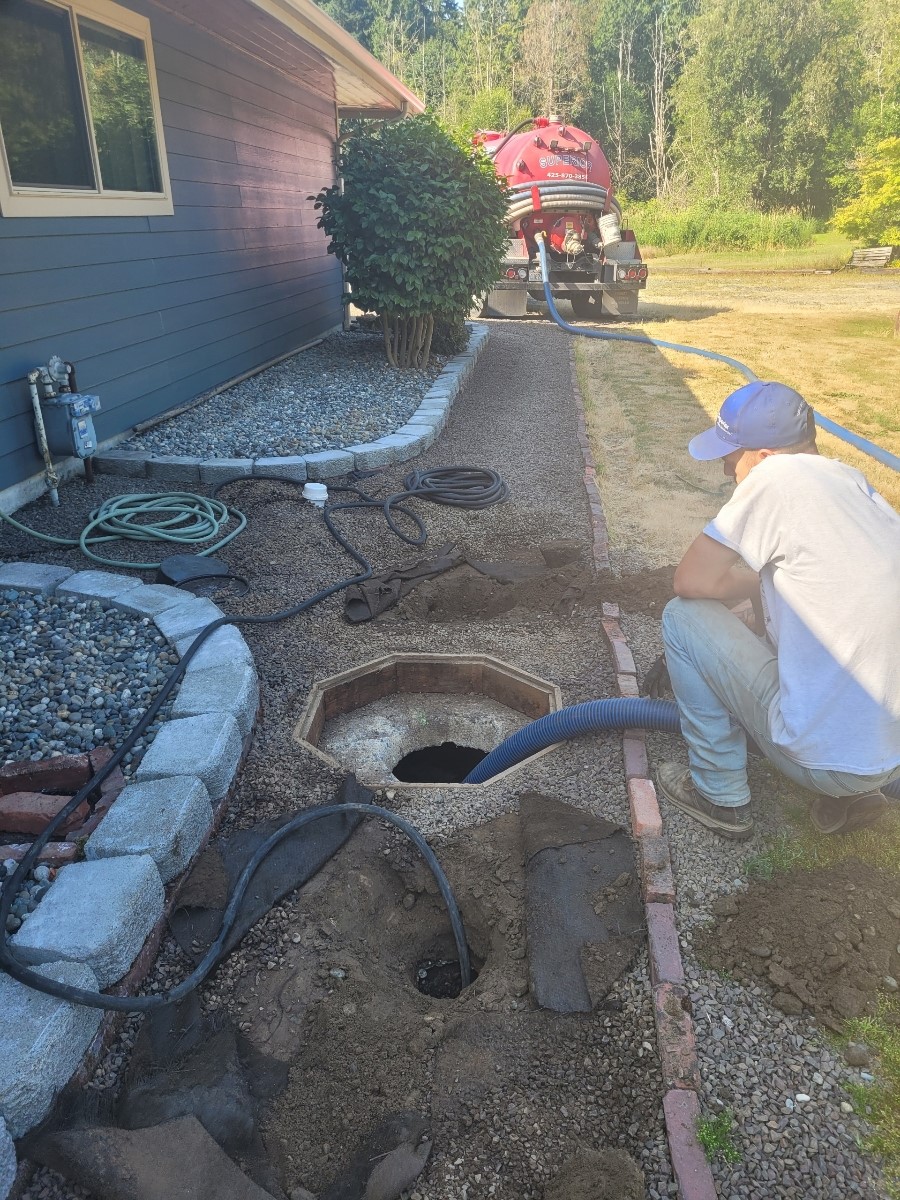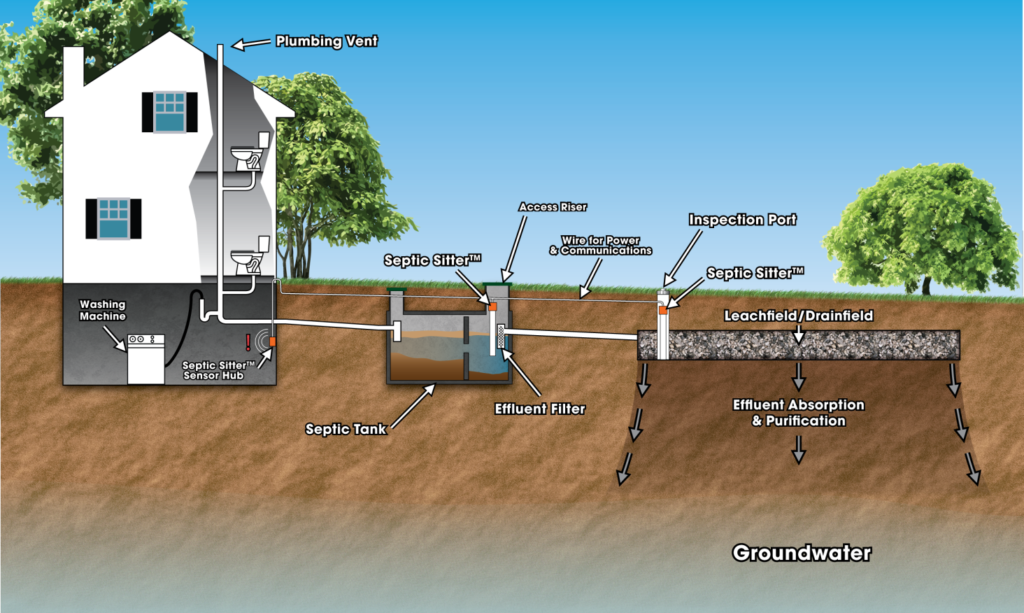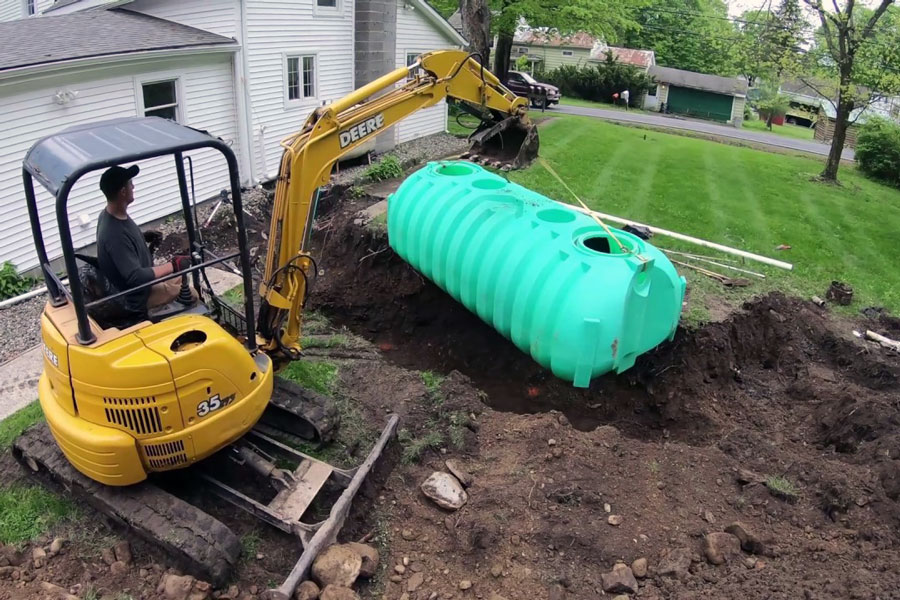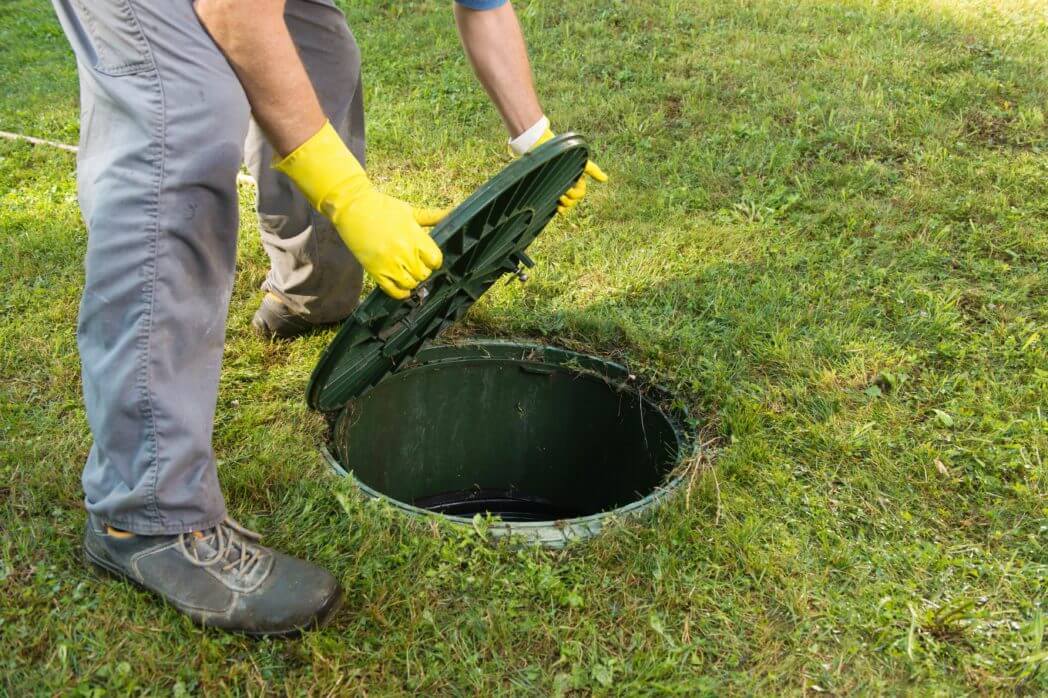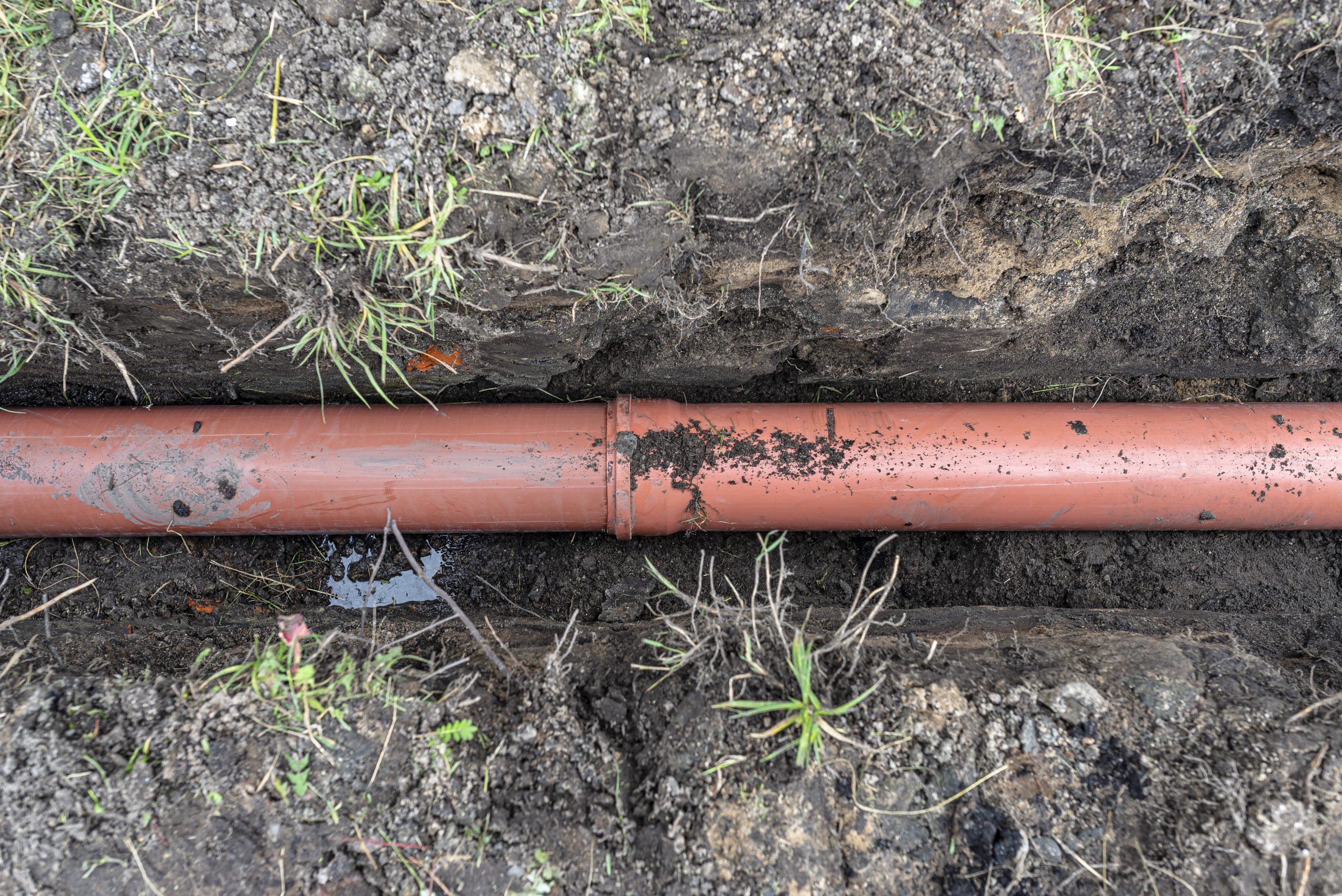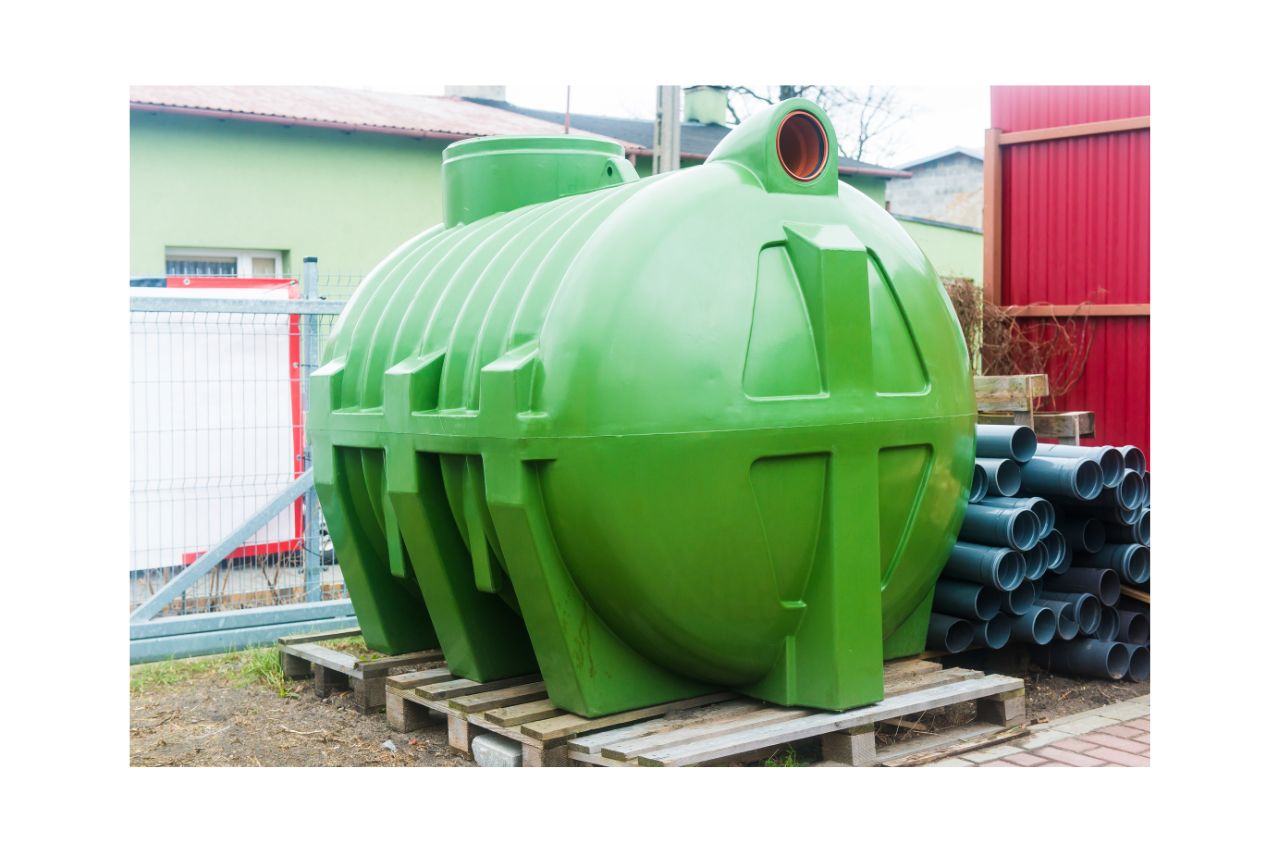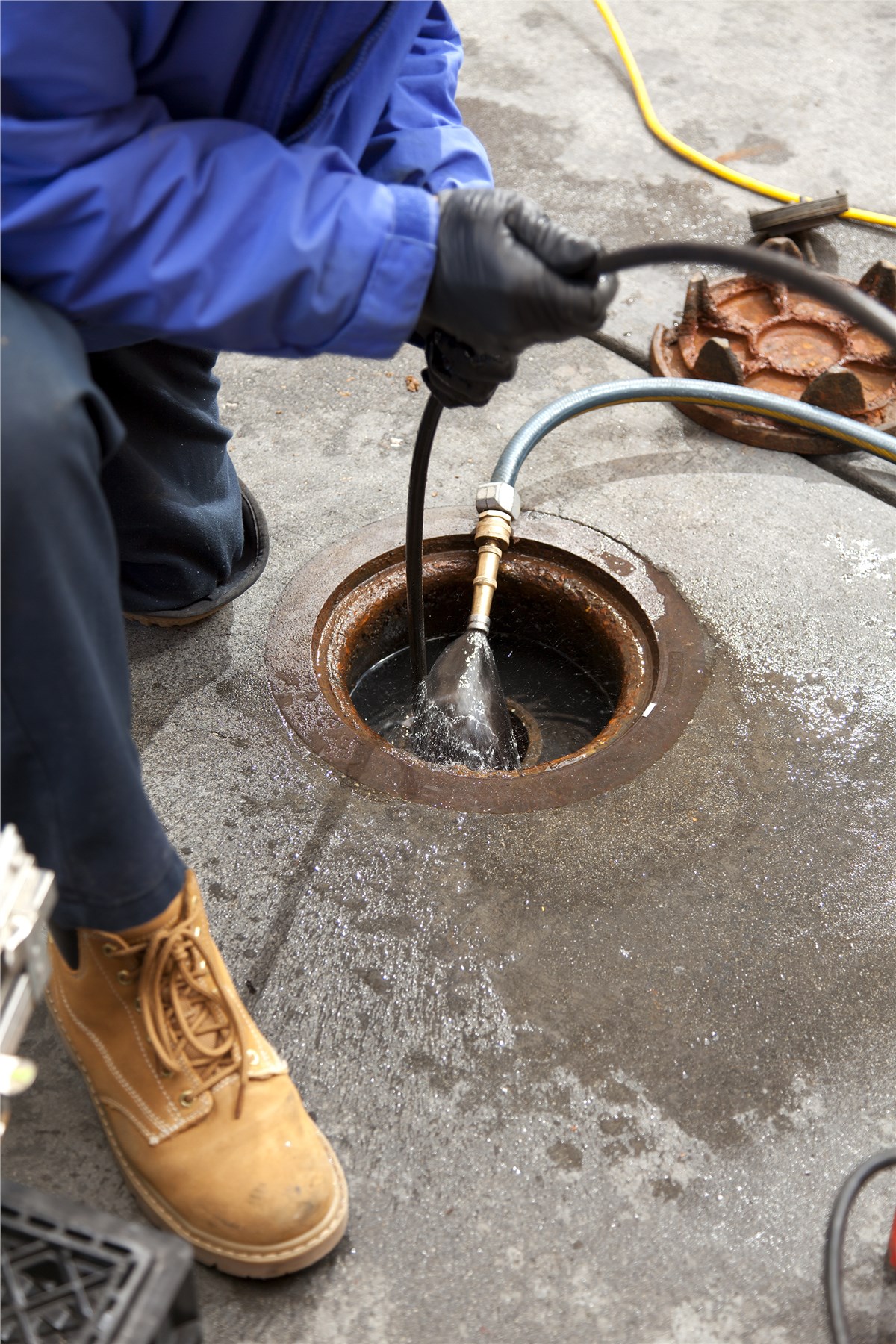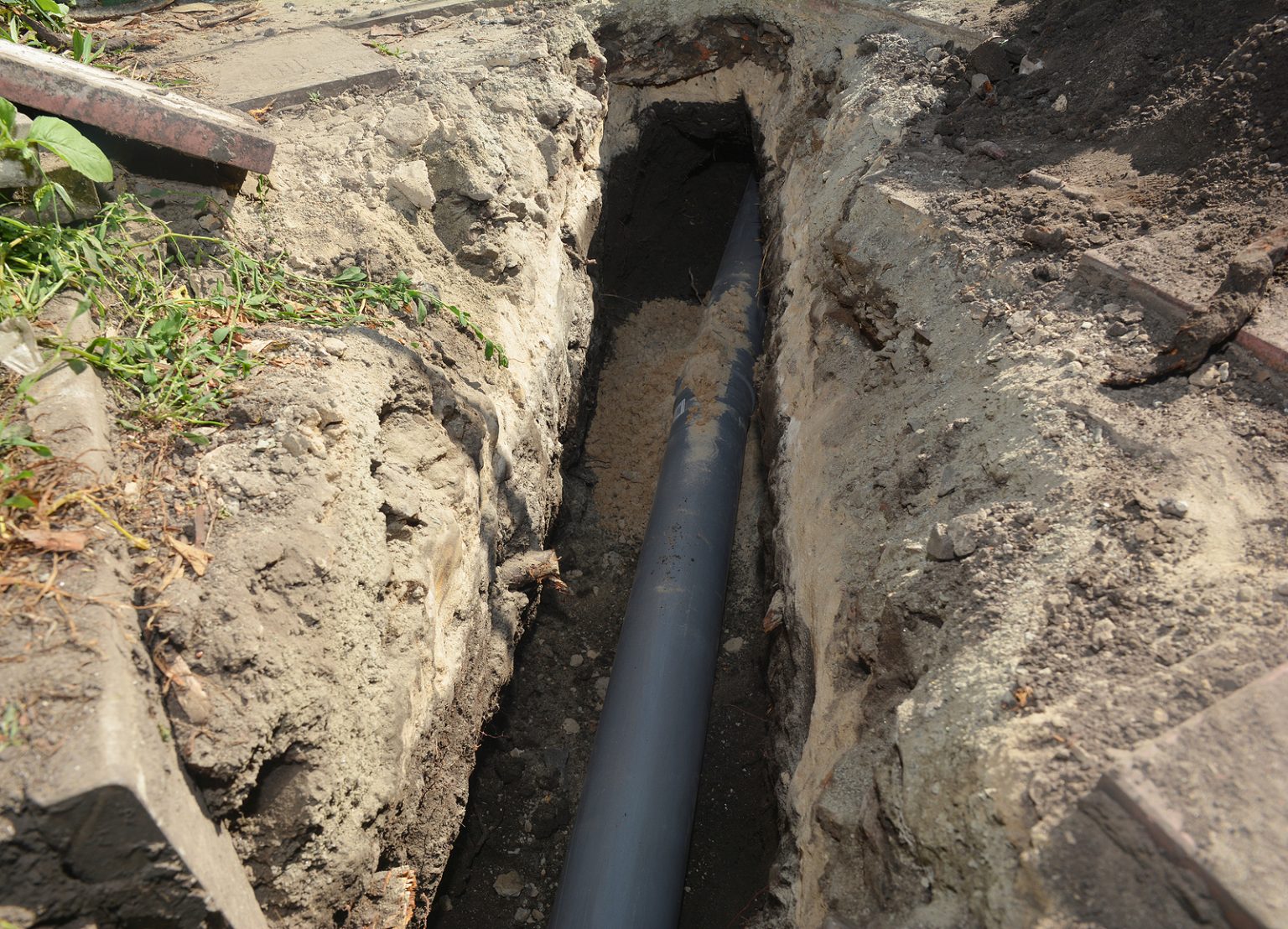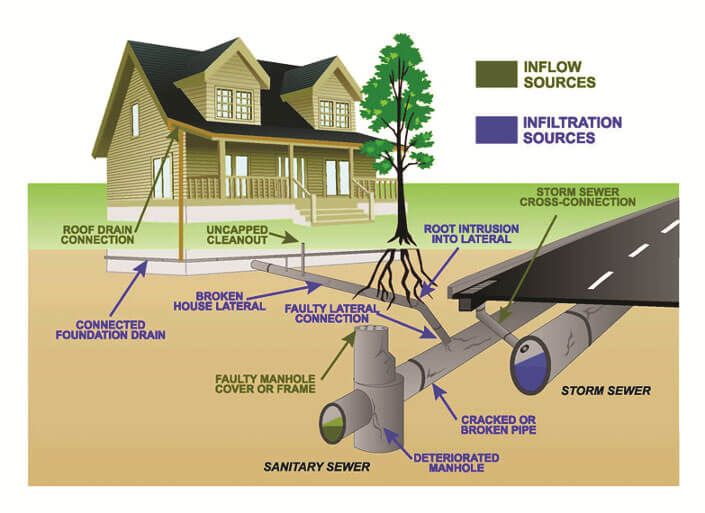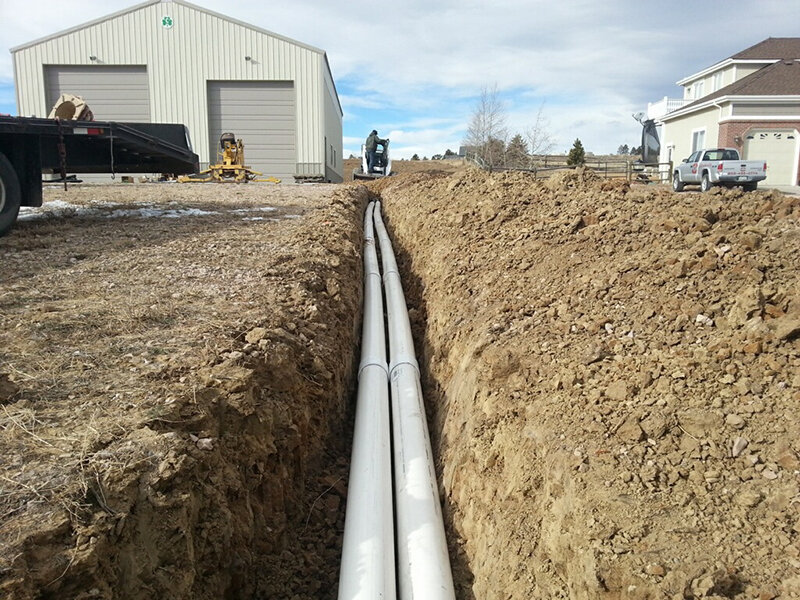One of the most common reasons for both sides of the kitchen sink not draining is a clogged drain. This can happen due to a build-up of food particles, grease, and other debris in the pipes. Over time, these materials can create a blockage, preventing water from flowing freely. If you notice that your sink is draining slowly or not at all, it's likely that you have a clogged drain. This can be easily fixed by using a plunger or a plumbing snake to remove the blockage. It's important to address this issue as soon as possible to prevent any further damage to your pipes.1. Clogged Drain
In addition to a clogged drain, blocked pipes can also cause both sides of your kitchen sink to not drain properly. This can happen if there is a large blockage further down the pipes that is preventing water from flowing through. Blocked pipes can be caused by a variety of things, such as excess food waste, grease buildup, or even tree roots that have grown into the pipes. To fix this issue, you may need to call a professional plumber to use specialized tools to remove the blockage and restore proper water flow.2. Blocked Pipes
Grease buildup is another common culprit for both sides of the kitchen sink not draining. When cooking, it's easy for grease and oil to get washed down the drain, where it can solidify and create a clog over time. To prevent this issue, be mindful of what you put down your sink and avoid pouring excess grease or oil down the drain. You can also use a mixture of hot water and dish soap to help break down any existing grease buildup in your pipes.3. Grease Buildup
If your kitchen sink is equipped with a garbage disposal, a malfunctioning or broken unit can also cause drainage issues. This can happen if the blades become dull or if there is an obstruction preventing the disposal from working properly. If you suspect that your garbage disposal is the cause of your sink not draining, it's best to call a professional to inspect and repair the unit. Attempting to fix it yourself can lead to further damage or injury.4. Broken Garbage Disposal
In some cases, the problem may not be with the pipes at all, but rather a faulty drain stopper. This is the mechanism that opens and closes the drain, allowing water to flow in and out of the sink. If the drain stopper is not working properly, it can prevent water from draining out of the sink. This can usually be fixed by adjusting the stopper or replacing it altogether if it is damaged.5. Faulty Drain Stopper
As mentioned earlier, tree roots can sometimes grow into pipes and cause blockages. This is a common issue for older homes with aging sewer lines. Tree roots can infiltrate small cracks in the pipes, causing them to break and block water flow. If you suspect that tree roots are the cause of your sink not draining, you will need to call a professional plumber to inspect and repair the damaged pipes. In some cases, the entire sewer line may need to be replaced.6. Tree Roots in Sewer Line
A properly functioning plumbing system relies on proper venting to allow air to flow through the pipes. If your kitchen sink is not draining, it could be due to a blockage or obstruction in the venting system. This can happen if debris or animal nests block the vents on your roof or if the vent pipes become damaged or disconnected. It's important to address this issue promptly to prevent any further damage to your plumbing system.7. Improper Venting
In colder climates, frozen pipes can be a common issue that can cause both sides of the kitchen sink to not drain. When temperatures drop below freezing, the water in your pipes can freeze and expand, causing the pipes to crack or burst. If you suspect that your sink is not draining due to frozen pipes, you will need to thaw them out using a hairdryer or hot water. It's also important to insulate your pipes to prevent them from freezing in the future.8. Frozen Pipes
If your property is not connected to a municipal sewer system, but rather a septic tank, any issues with the tank can also cause your sink to not drain properly. This can happen if the tank is full or if there is a blockage in the pipes leading to the tank. If you suspect that your septic tank is the cause of your sink not draining, it's important to call a professional septic tank service to inspect and address the issue.9. Septic Tank Issues
In some cases, the issue may not be isolated to your kitchen sink, but rather a blockage in the main sewer line. This can happen if there is a buildup of debris or tree roots in the main line, preventing any water from flowing through. If you suspect that this is the cause of your sink not draining, it's important to call a professional plumber to address the issue. Attempting to fix it yourself can cause further damage and may require costly repairs. In conclusion, there are many possible reasons why both sides of your kitchen sink may not be draining properly. It's important to address these issues promptly to prevent any further damage and ensure that your plumbing system is functioning properly. If you are unsure of the cause or unable to fix the issue yourself, it's always best to call a professional plumber for assistance.10. Main Sewer Line Blockage
Troubleshooting a Clogged Kitchen Sink Drain: Causes and Solutions

Introduction
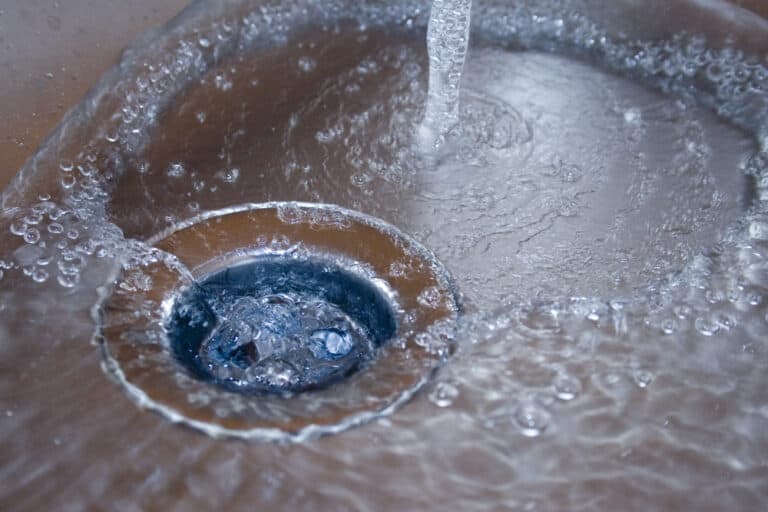 A clogged kitchen sink drain can be a major inconvenience for any household. It can disrupt daily routines and make cooking and cleaning tasks more difficult. When both sides of the kitchen sink won't drain, it can be even more frustrating as it affects both the main sink and the secondary sink. This issue is not uncommon and can happen due to various reasons. However, with the right knowledge and tools, it can be easily fixed. In this article, we will discuss the main causes of a clogged kitchen sink drain and provide solutions to help you get your sinks back to functioning properly.
A clogged kitchen sink drain can be a major inconvenience for any household. It can disrupt daily routines and make cooking and cleaning tasks more difficult. When both sides of the kitchen sink won't drain, it can be even more frustrating as it affects both the main sink and the secondary sink. This issue is not uncommon and can happen due to various reasons. However, with the right knowledge and tools, it can be easily fixed. In this article, we will discuss the main causes of a clogged kitchen sink drain and provide solutions to help you get your sinks back to functioning properly.
Causes of a Clogged Kitchen Sink Drain
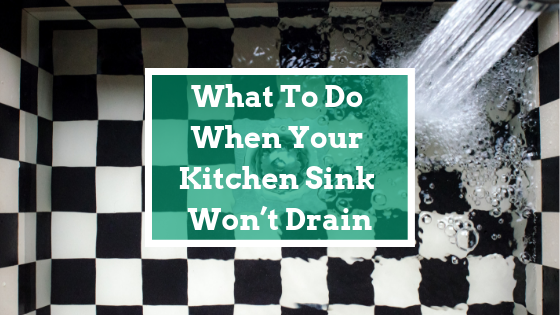 There are several reasons why both sides of your kitchen sink won't drain. One common cause is the buildup of food particles, grease, and other debris in the drain pipes. Over time, these materials can accumulate and form a clog, preventing water from flowing freely. Another possible cause is a blockage in the main sewer line, which can be caused by tree roots, foreign objects, or even old pipes that have collapsed.
There are several reasons why both sides of your kitchen sink won't drain. One common cause is the buildup of food particles, grease, and other debris in the drain pipes. Over time, these materials can accumulate and form a clog, preventing water from flowing freely. Another possible cause is a blockage in the main sewer line, which can be caused by tree roots, foreign objects, or even old pipes that have collapsed.
Solutions to Fix a Clogged Kitchen Sink Drain
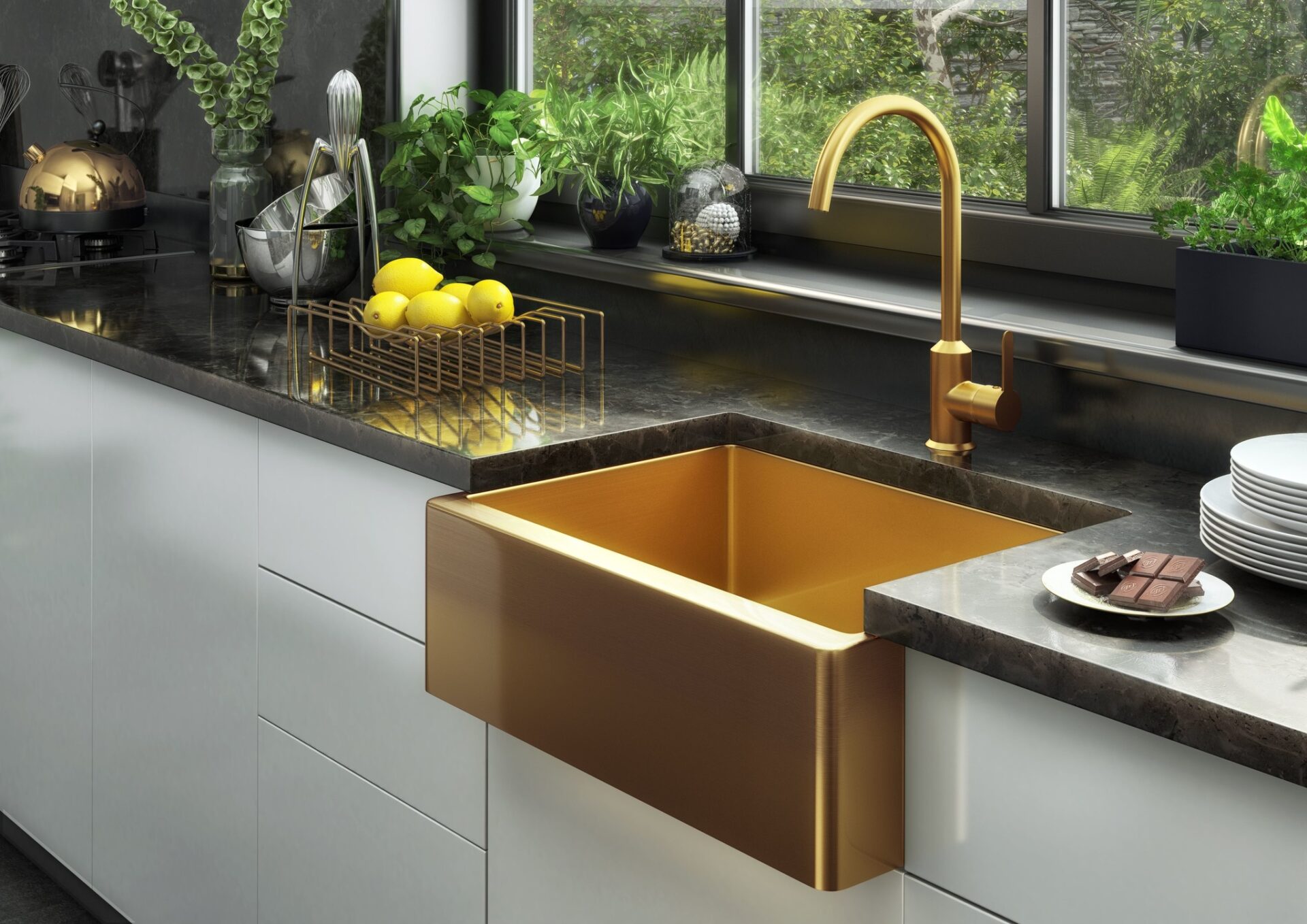 If you're dealing with a clogged kitchen sink drain, there are a few things you can try before calling a plumber. The first step is to use a plunger to try and dislodge the clog. Place the plunger over the drain and push down firmly, then pull up quickly to create suction. Repeat this motion a few times and then check if the water starts draining. If this doesn't work, you can try using a drain snake to remove the clog. Insert the snake into the drain and twist it to break up the clog and pull it out.
If you're dealing with a clogged kitchen sink drain, there are a few things you can try before calling a plumber. The first step is to use a plunger to try and dislodge the clog. Place the plunger over the drain and push down firmly, then pull up quickly to create suction. Repeat this motion a few times and then check if the water starts draining. If this doesn't work, you can try using a drain snake to remove the clog. Insert the snake into the drain and twist it to break up the clog and pull it out.
Preventing Future Clogs
 To avoid dealing with a clogged kitchen sink drain in the future, there are a few preventative measures you can take. One is to avoid pouring grease and oil down the drain, as they can solidify and cause clogs. You can also use a drain cover to catch food particles and other debris before they enter the drain pipes. Regularly cleaning your drains with a mixture of hot water, baking soda, and vinegar can also help prevent buildup.
In conclusion, a clogged kitchen sink drain can be a nuisance, but it is a common problem that can be easily fixed. By understanding the causes and implementing preventative measures, you can keep your kitchen sink draining smoothly and avoid future clogs. If the issue persists, it is best to seek professional help to ensure the problem is properly diagnosed and resolved. Remember to regularly maintain your drains to keep them functioning properly and to avoid any potential problems in the future.
To avoid dealing with a clogged kitchen sink drain in the future, there are a few preventative measures you can take. One is to avoid pouring grease and oil down the drain, as they can solidify and cause clogs. You can also use a drain cover to catch food particles and other debris before they enter the drain pipes. Regularly cleaning your drains with a mixture of hot water, baking soda, and vinegar can also help prevent buildup.
In conclusion, a clogged kitchen sink drain can be a nuisance, but it is a common problem that can be easily fixed. By understanding the causes and implementing preventative measures, you can keep your kitchen sink draining smoothly and avoid future clogs. If the issue persists, it is best to seek professional help to ensure the problem is properly diagnosed and resolved. Remember to regularly maintain your drains to keep them functioning properly and to avoid any potential problems in the future.
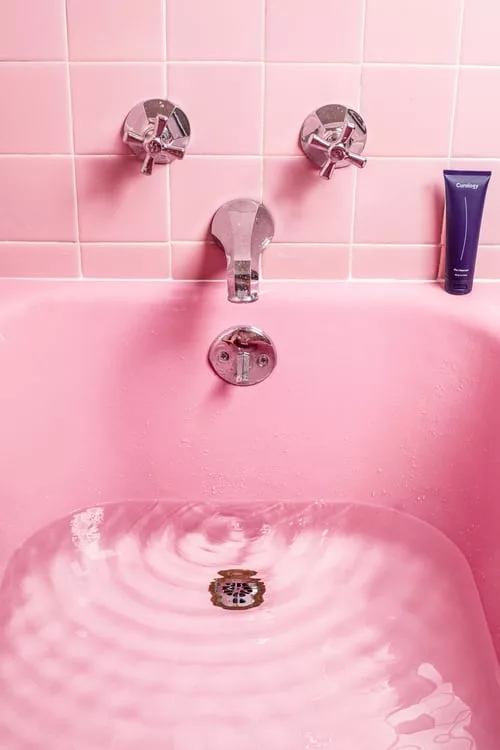


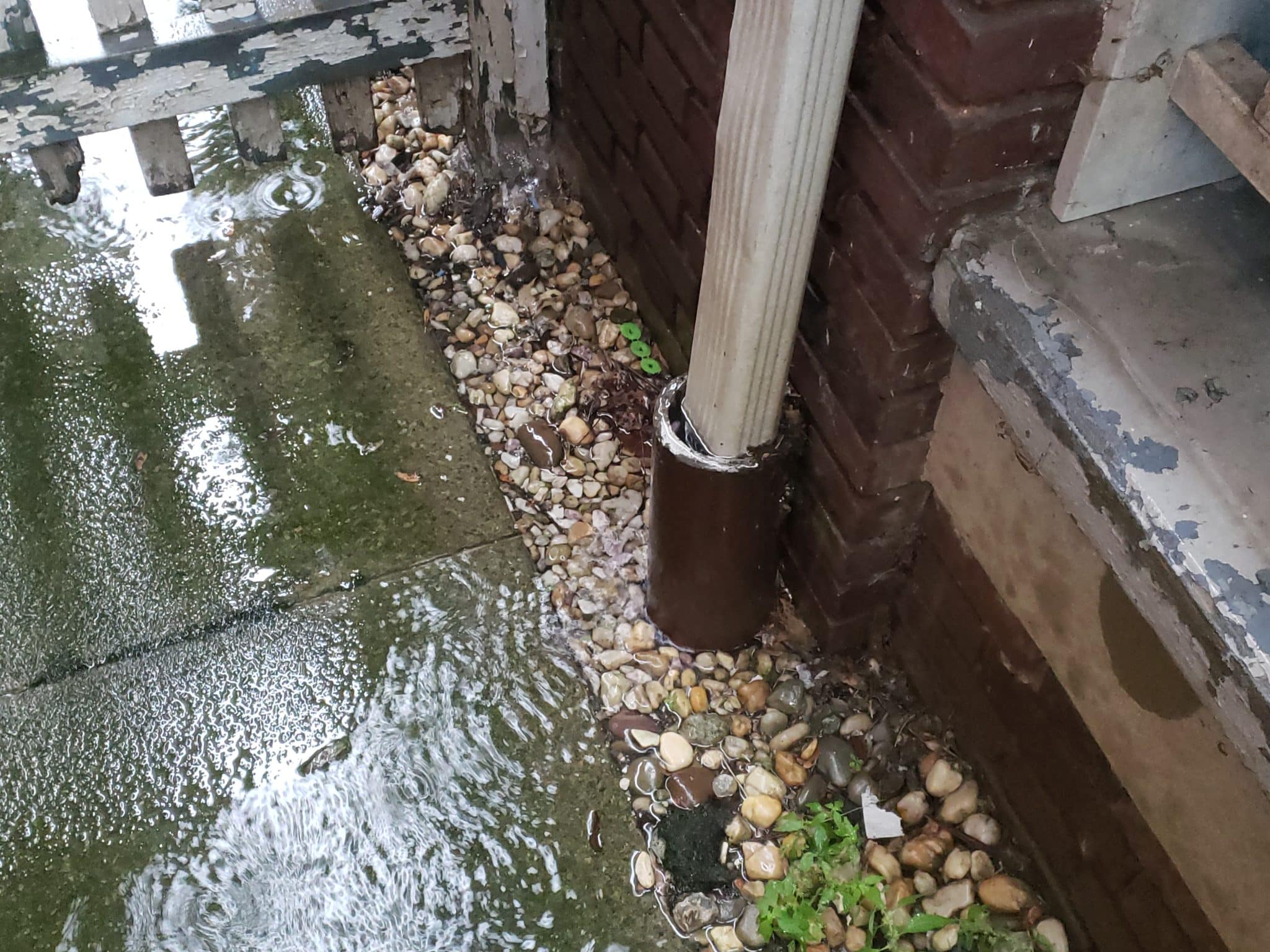

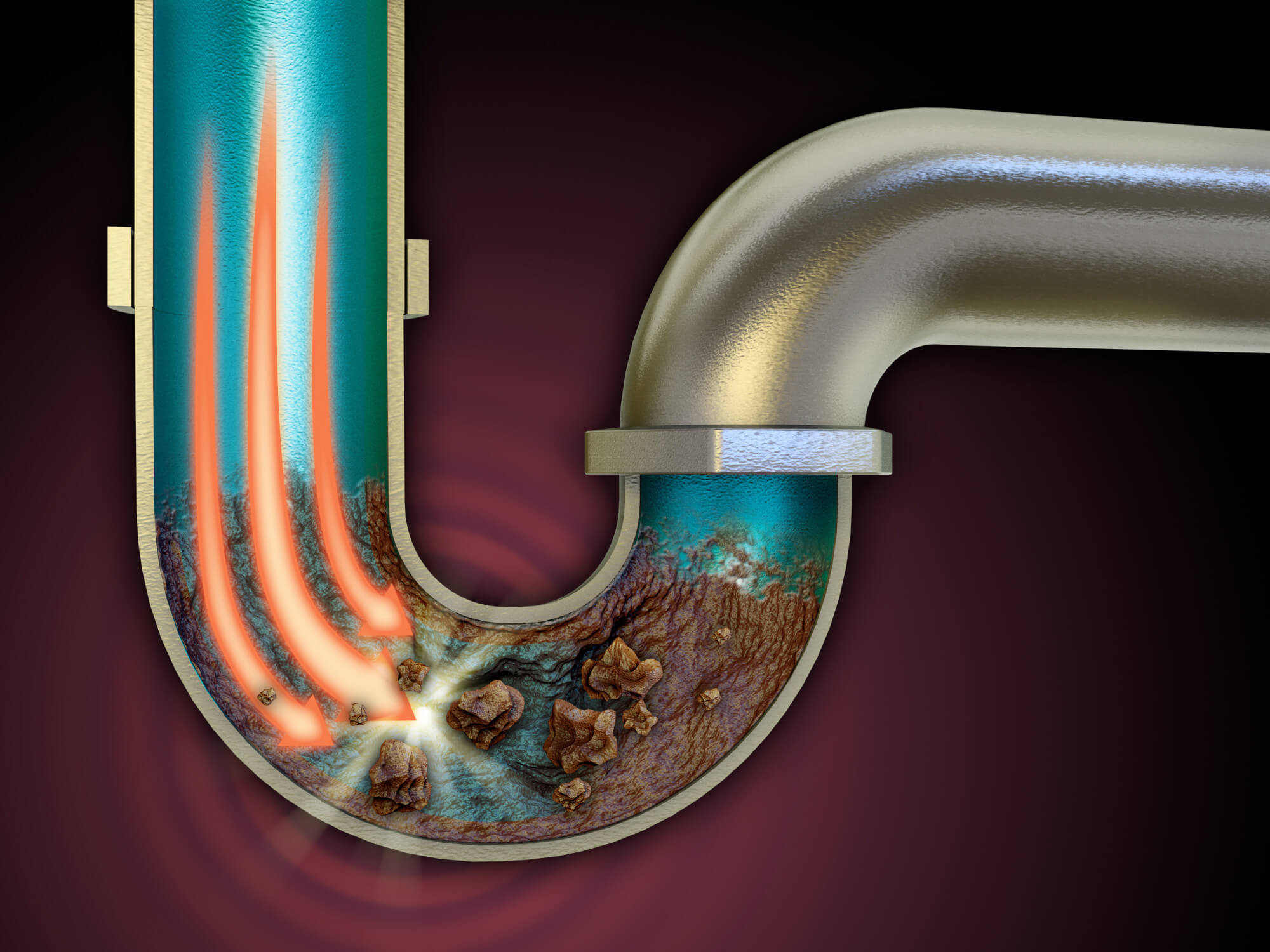
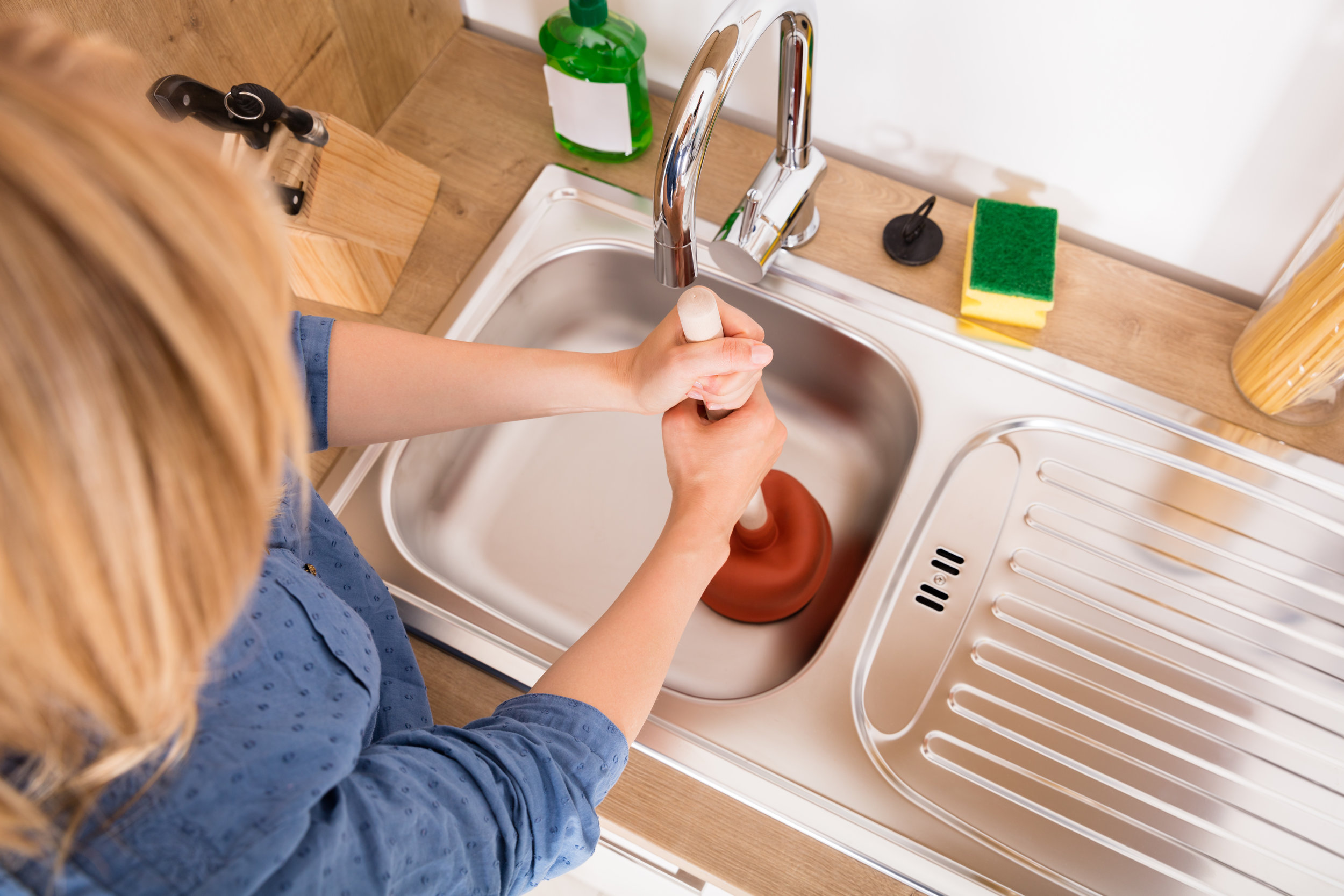
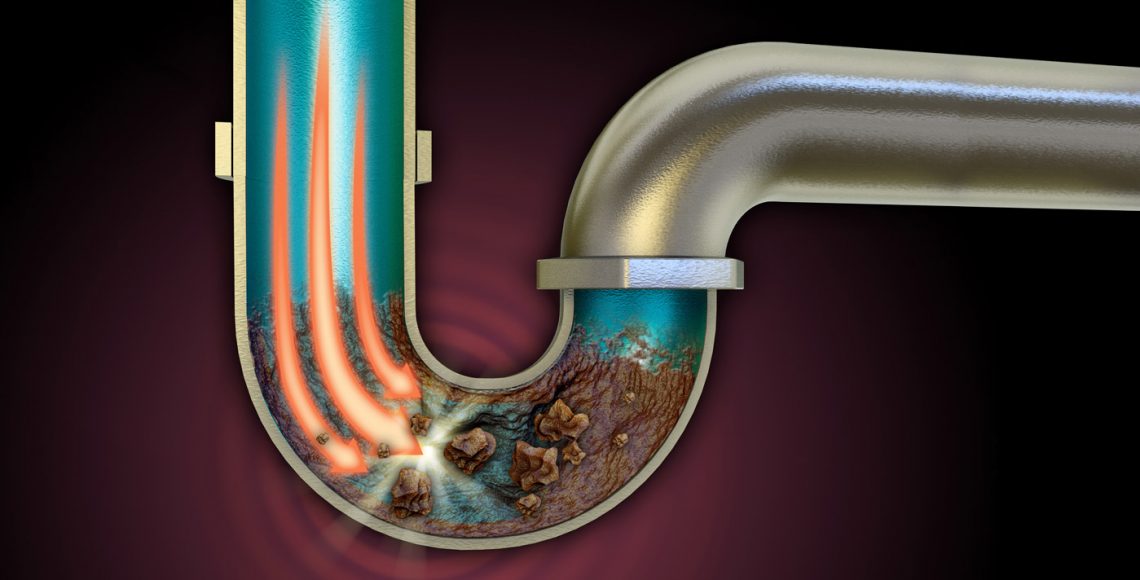
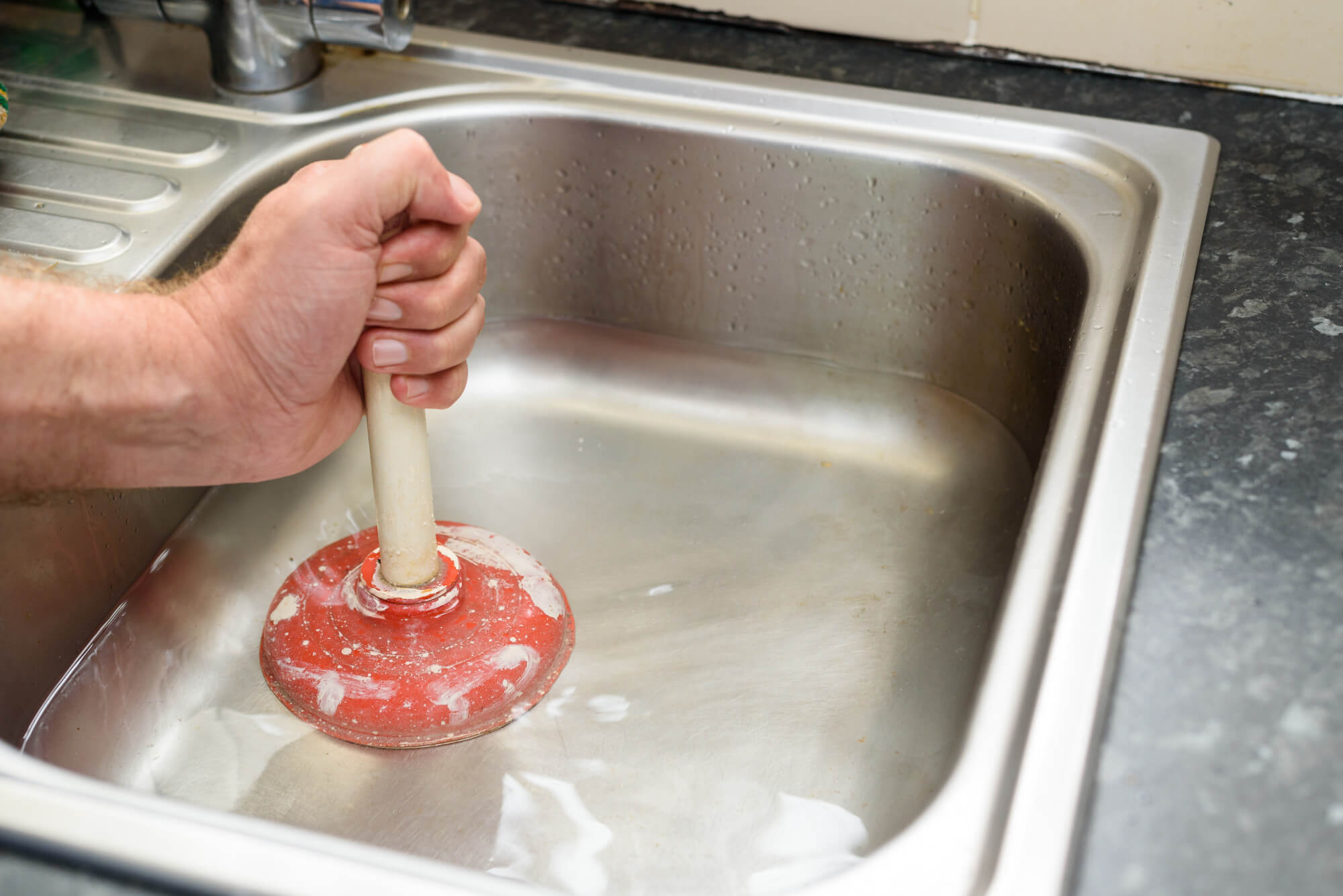
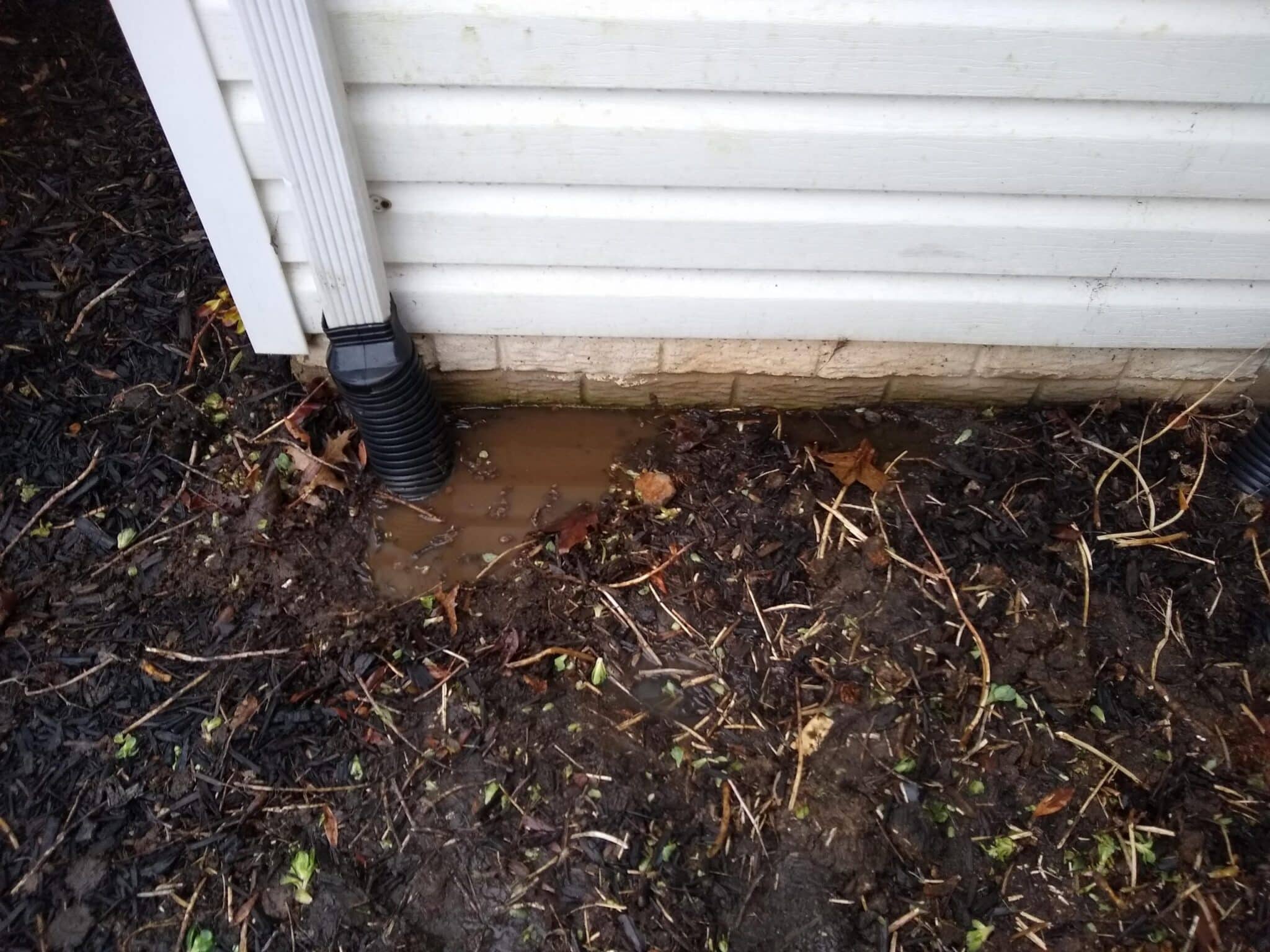
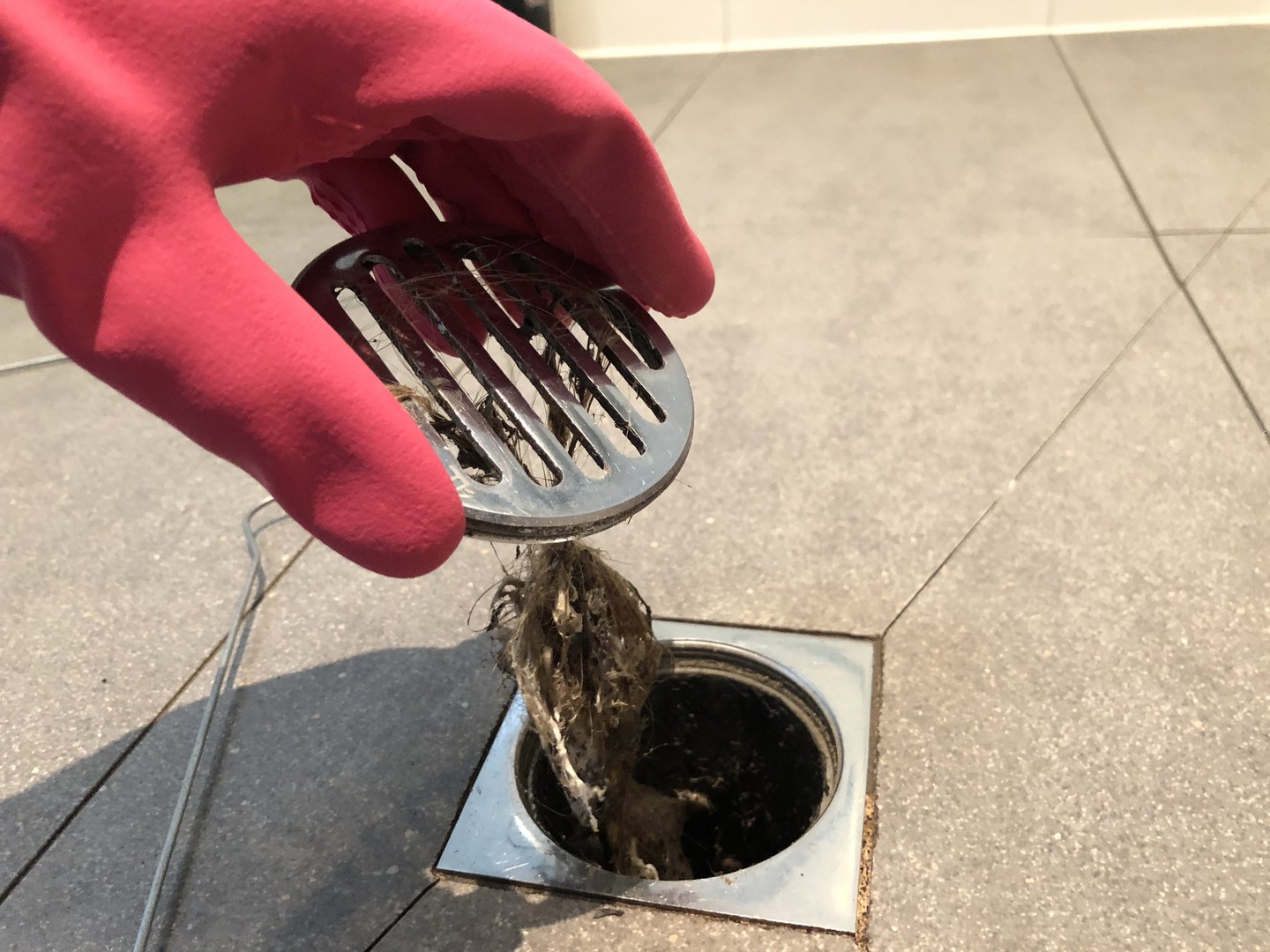

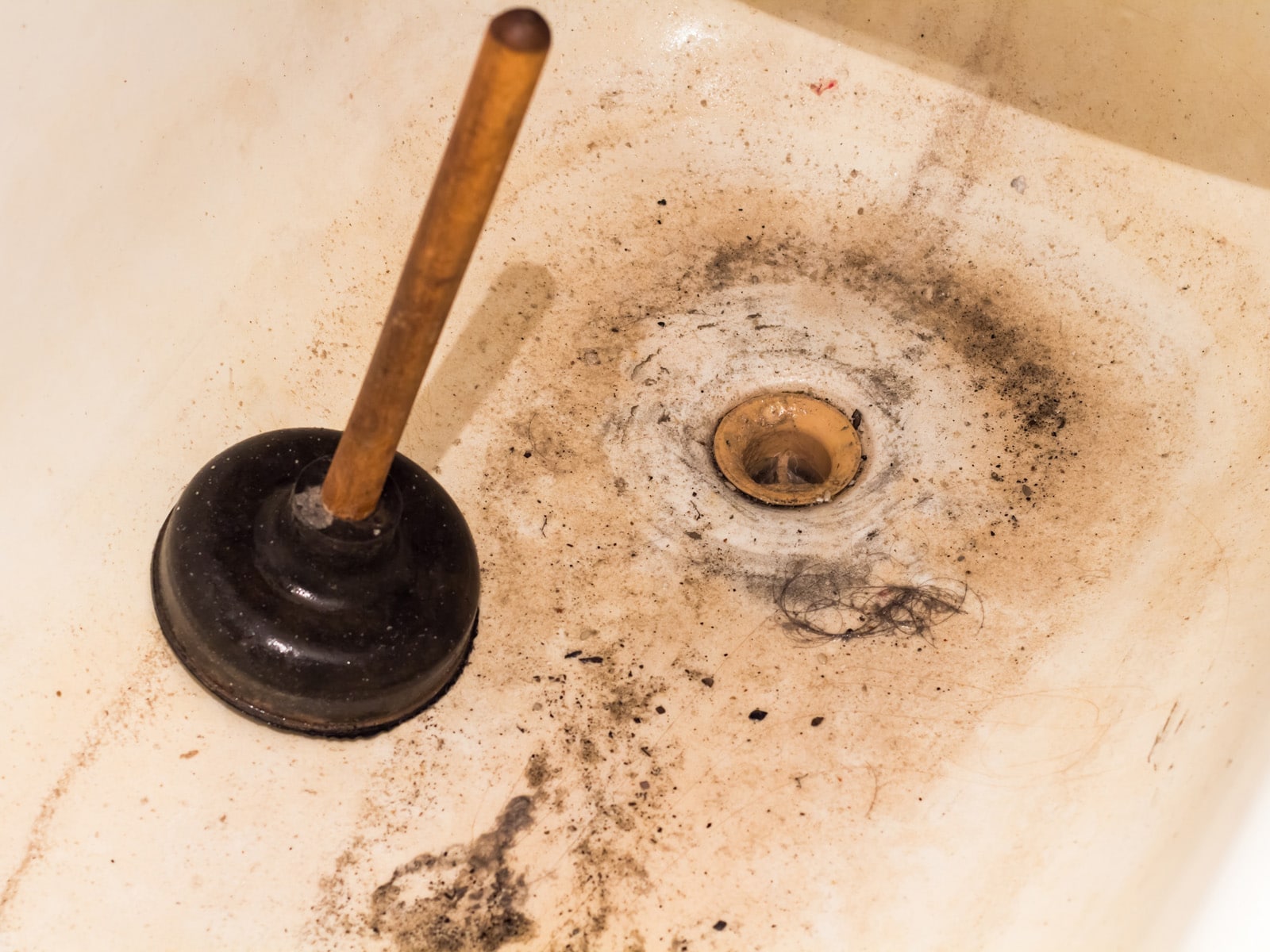
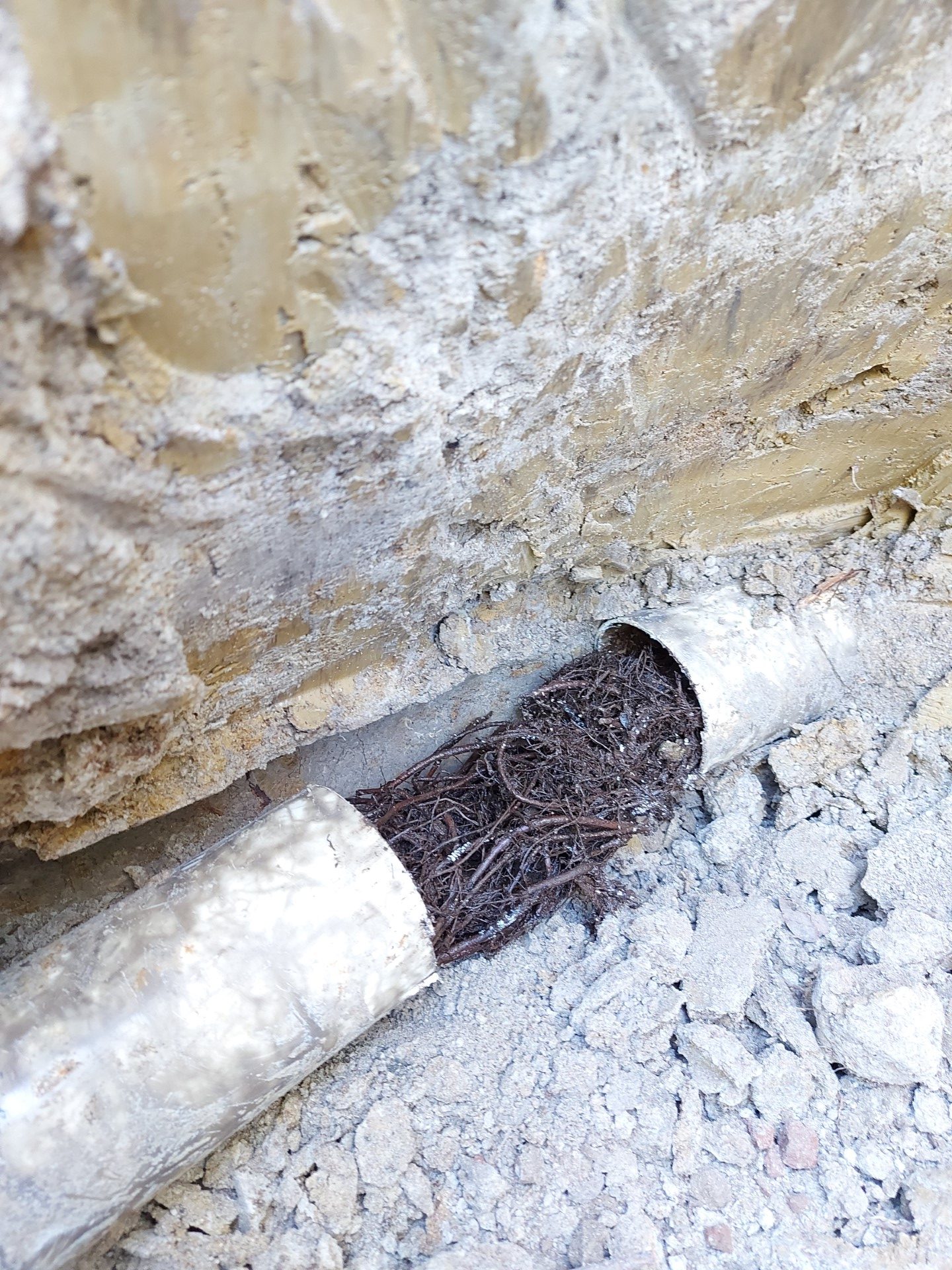

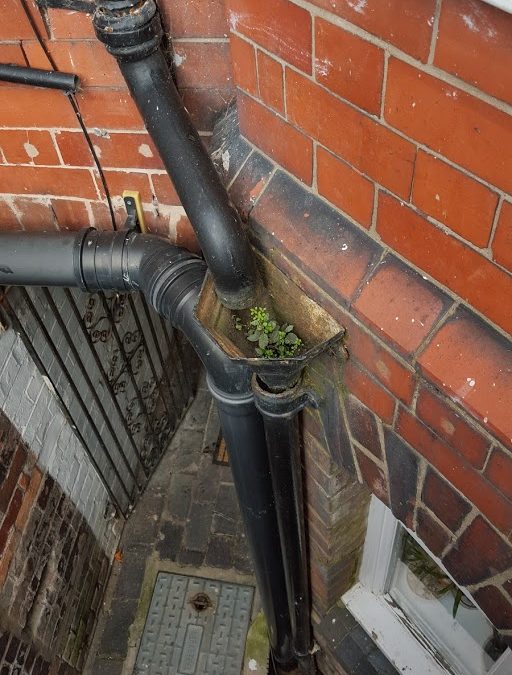

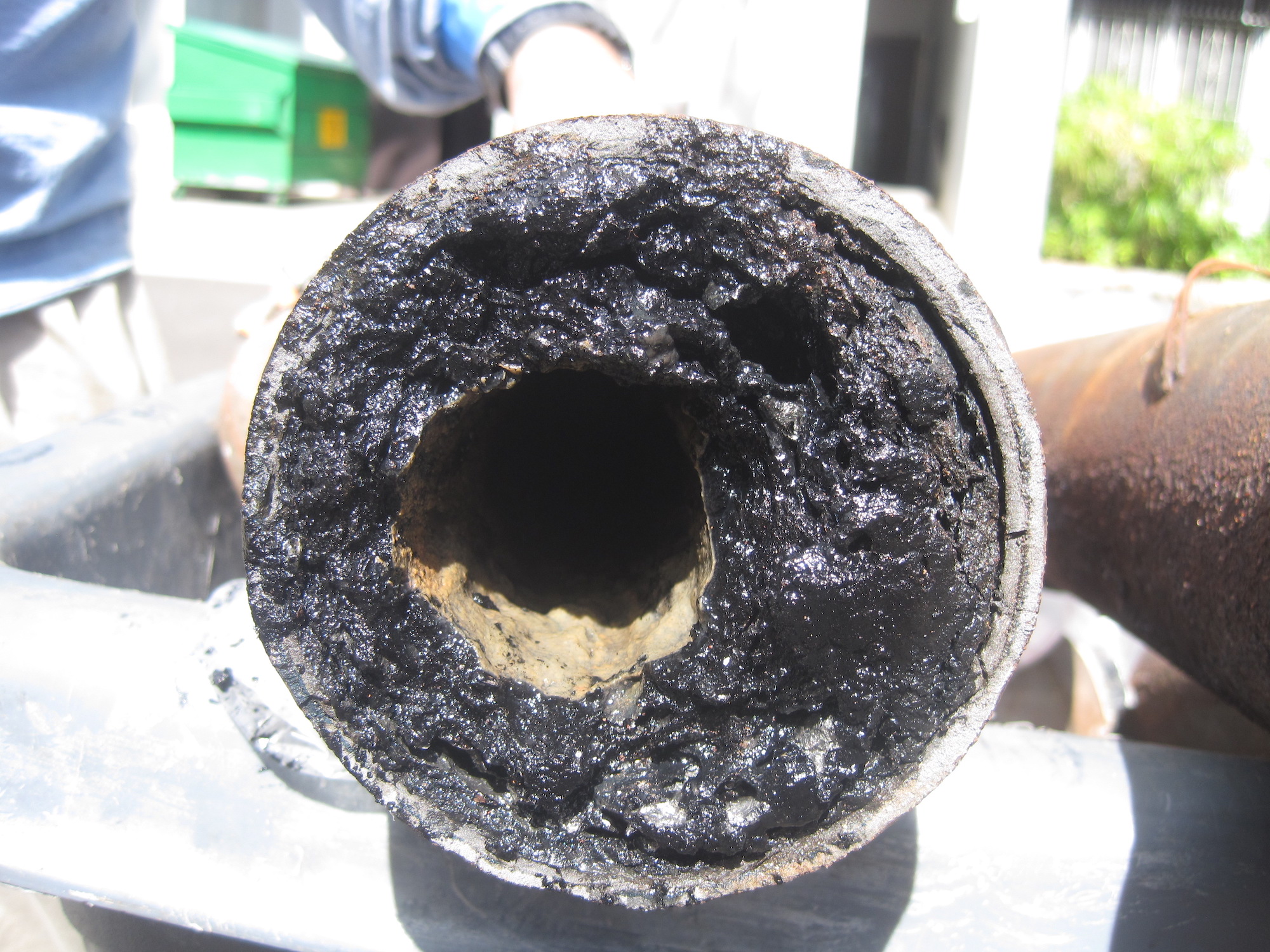










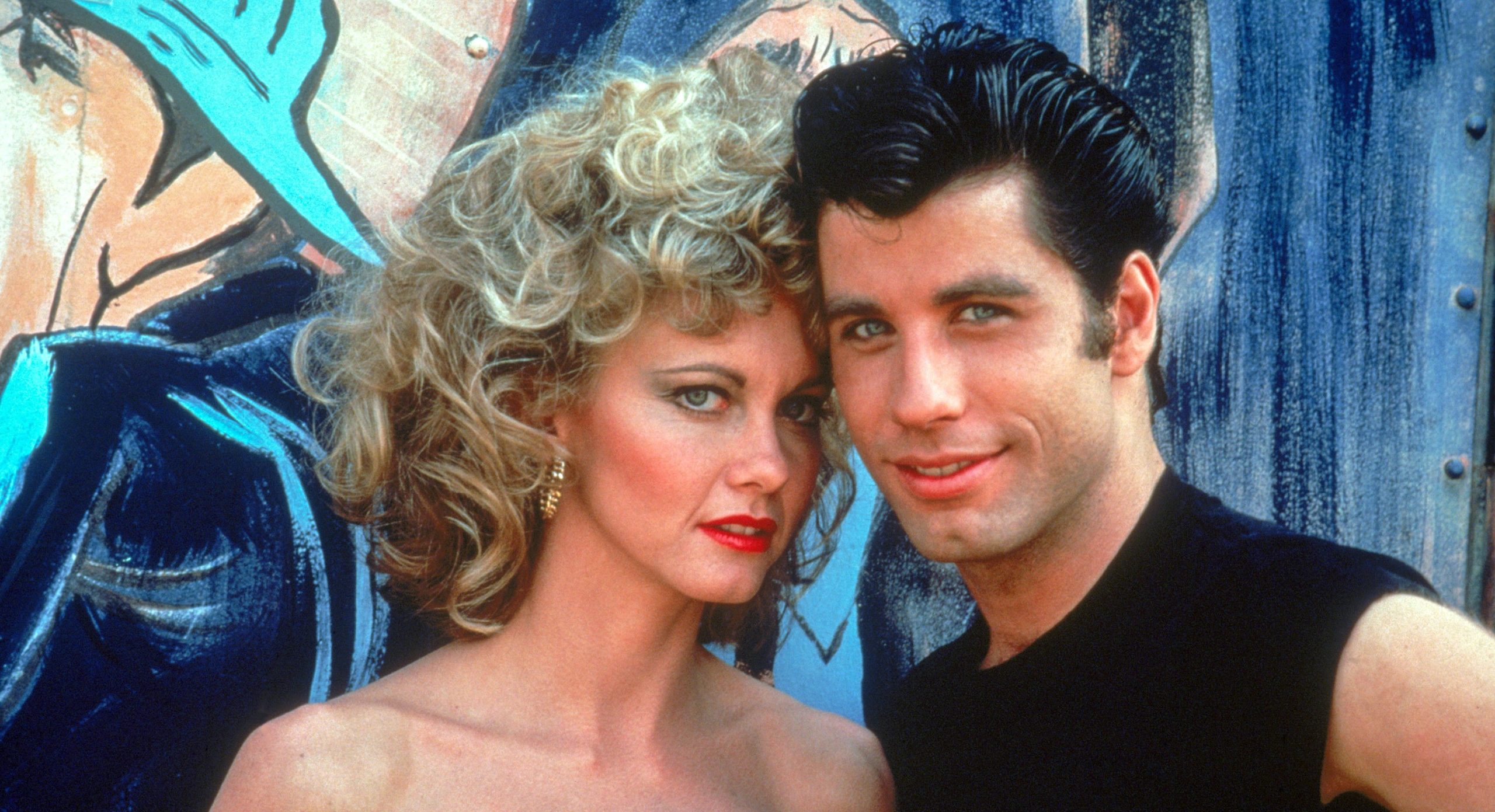








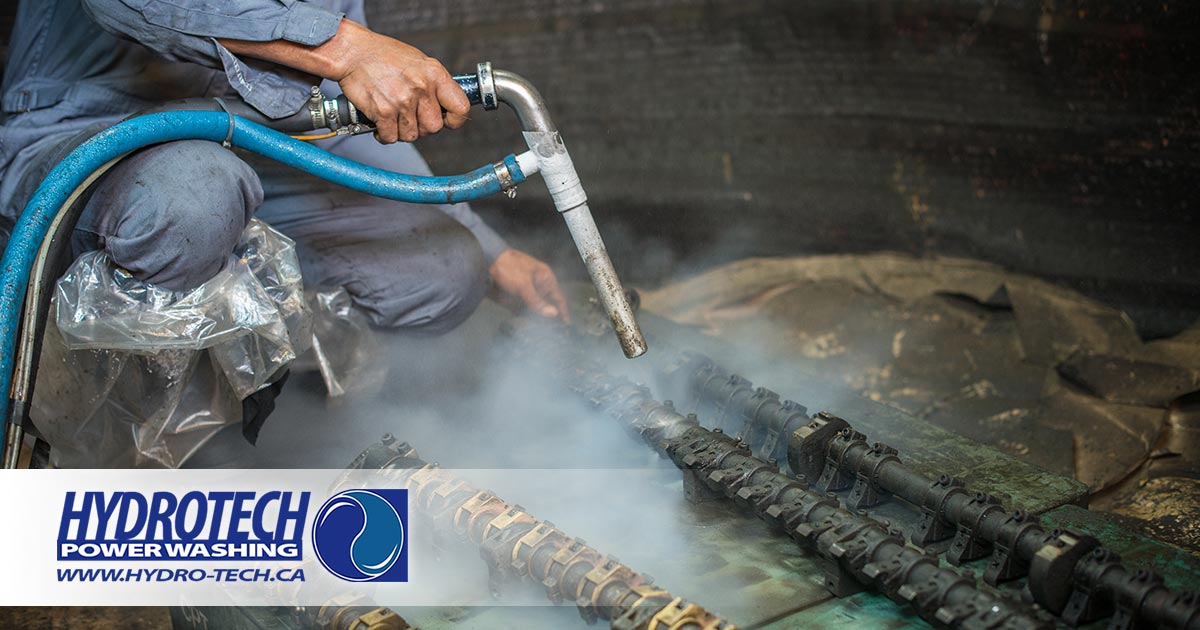


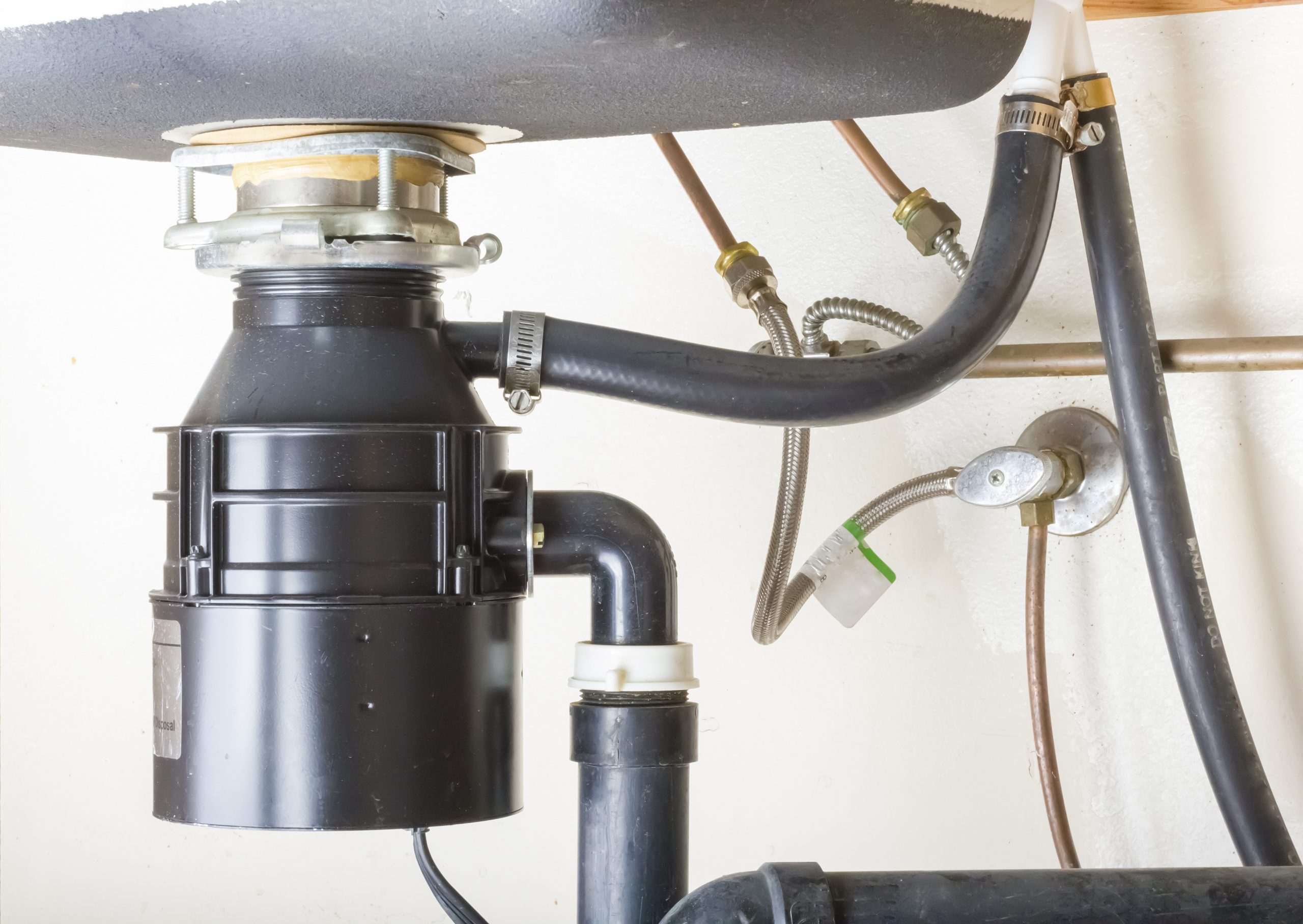
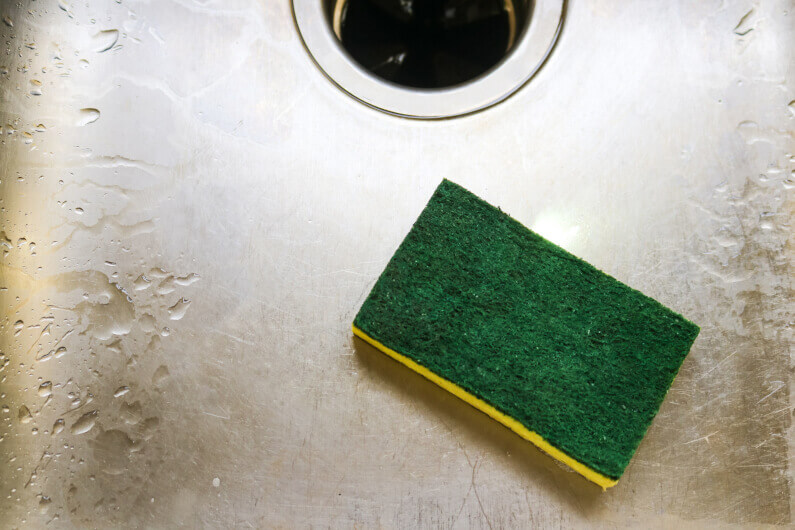


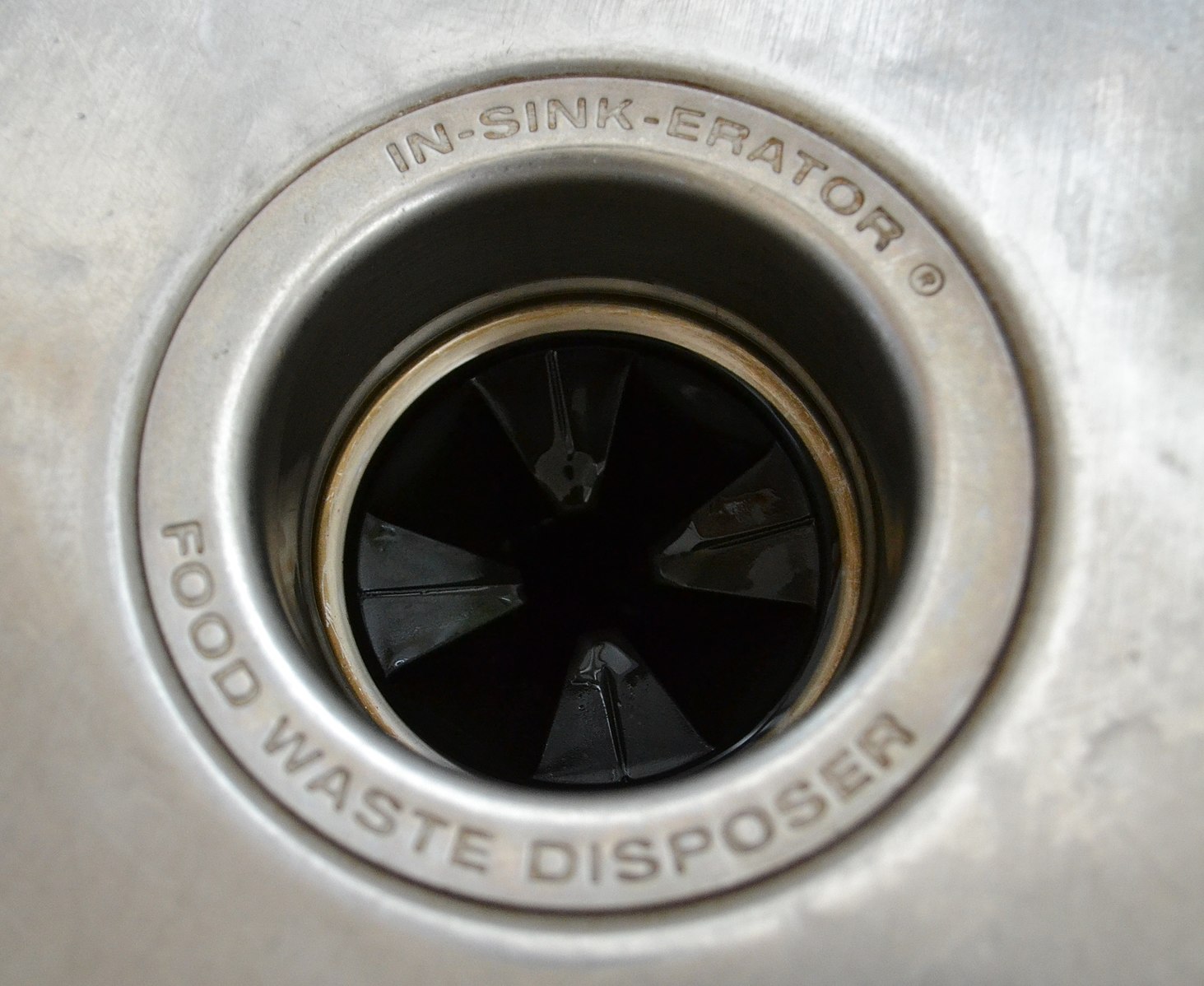
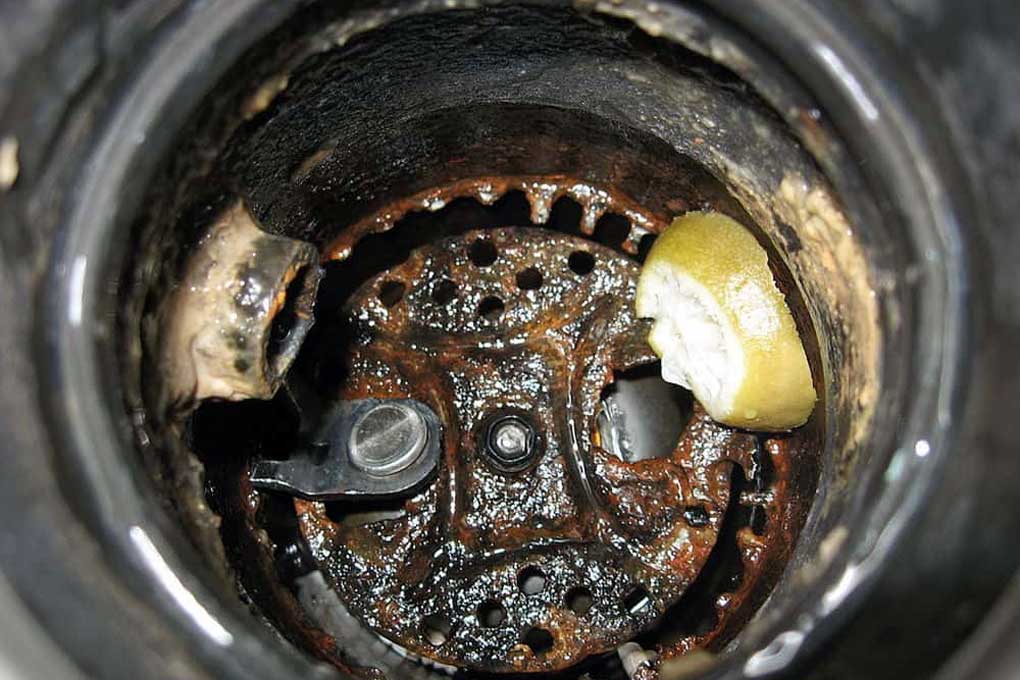

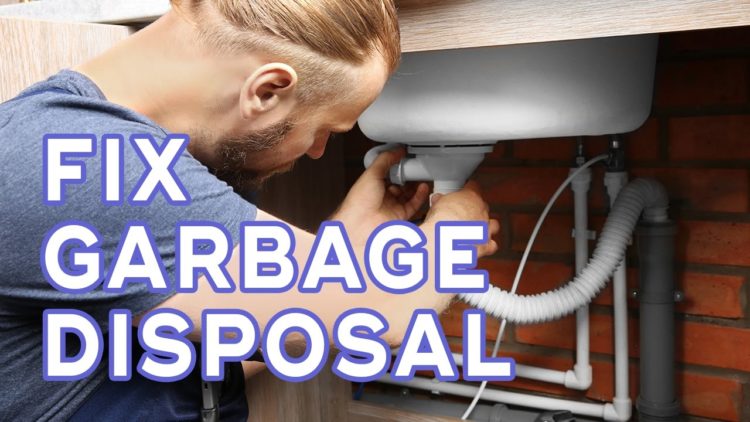



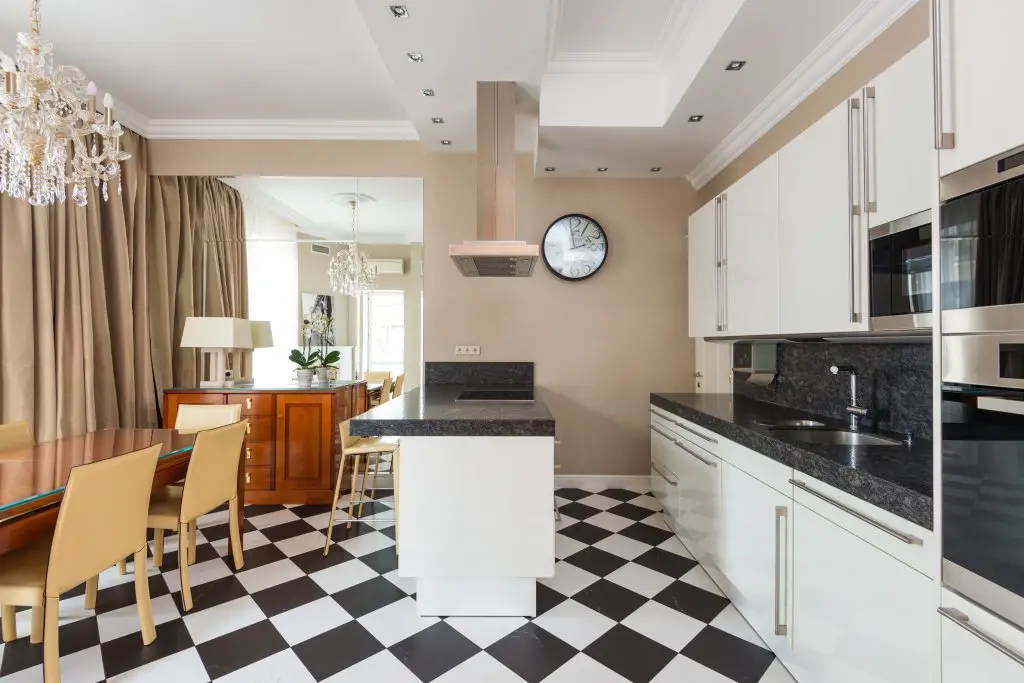
:max_bytes(150000):strip_icc()/bathroom-sink-drain-installation-2718843-07-2b728cbd5c994dc39179346f51bb6421.jpg)
